Scientific methods of romance: ‘The Love Hypothesis’ (Review)
REYLO: This novel is the author’s debut novel and is based off of Hazelwood’s Star Wars fanfiction. Hazelwood creates a perfect experiment of what happens when you combine science and romance.
If you like banter, women in STEM/academia, LGBTQ+ and BIPOC representation, relatable characters, and amazing friendships, then The Love Hypothesis by Ali Hazelwood is for you.
The main character, Olive Smith, is a Canadian third-year PH.D. candidate who’s researching a cure for pancreatic cancer. She’s funny, absolutely intelligent, and beyond loyal to her friends to the point where she’d kiss a random stranger to prove to her best friend, Anh, that she’s completely over her barely an ex-boyfriend and that Anh is free to pursue him.
Then meet Adam, who is a 34-year-old professor who is seen as grumpy, brooding, and rude since he quite literally makes graduate students cry, which coincidentally ends up being the same stranger that Olive ends up kissing. But, hey, we always say opposites attract, right? (Grumpy and sunshine trope who?) However, he is super sweet and protective towards Olive, which allows her to see another side of him apart from his very well-known reputation.
This book also has a fake dating trope, like the many rom-coms and contemporary romance novels today. They begin this relationship with both sides benefitting. Olive, well she thinks it’s too late to tell Anh that she isn’t in a “real” relationship with Adam, and all she wants is for her best friend to be happy, and Adam has his own reasons, revolving the university thinking that he’s a flight risk; that he’ll leave his position there as a professor, so he needs to prove that he has something permanent, like a relationship specifically with Olive.
Since Olive and Adam are “dating”, they clear out their relationship with the Dean of the university early on and no abuse of power occurs.
*Important note: the love interest has never been and never will be the professor of the main character. He only works at her graduate school.
Hazelwood made Olive’s character realistic and relatable since she wrote her to have insecurities, anxiety, self-doubt, and imposter syndrome. Imposter syndrome is a psychological pattern when a person doubts their skills, education, and accomplishments and has a fear of being seen as a fraud.
“I think that I have been inadequate. And I don’t want to be, not anymore” (Hazelwood 348).
Now, this new relationship with Adam brings more obstacles for Olive to overcome in the curriculum since he’s a professor. Throughout the novel, she tells us how it’s been difficult for her to participate in a rigorous program, from being denied opportunities, not being believed in, to being seen as inferior, all because she’s a young woman (age 26) in a predominantly male-dominated curriculum.
Statistics have shown that women in STEM represents about 52% of the college-educated workforce, but only 29% of the science and engineering workforce. Also, out of the Government National Laboratories and Research Centers, 86% of lab directors are white men, and only 5% are women.
Women hold 26% of STEM-related leadership roles, and women of color hold 3% (Russell, et al).
50% of women in STEM in academic institutions have experienced sexual harassment and most who have reported these incidents, are retaliated. Hazelwood shows the unfortunate reality of this in this quote:
“She was going to have to do something. But every time she tried to think about it rationally, she could hear his voice in her head—mediocre and nice legs and useless and derivative and little sob story—so loud that she was afraid her skull would shatter into pieces” (Hazelwood 306).
Hazelwood shows real-life issues women/people, in general, go through, specifically women in STEM and how they’re underrepresented, with the addition of romance to show how a little support can go a long way.
Want to help the Herd? Please consider supporting the Periscope program. Your donation will support the student journalists of CHS and allow us to purchase equipment, send students to workshops/camps, and cover our annual website hosting costs.
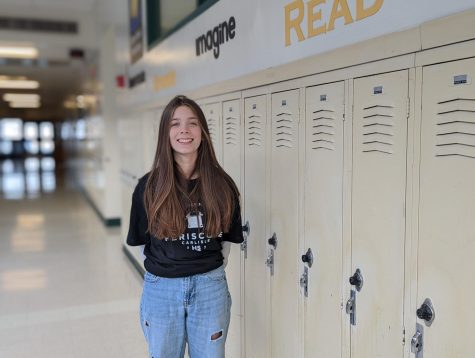
Kaylea is a junior at Carlisle High School and this is her first year being a part of the Periscope staff. She is a member of Student Class Council, Green...


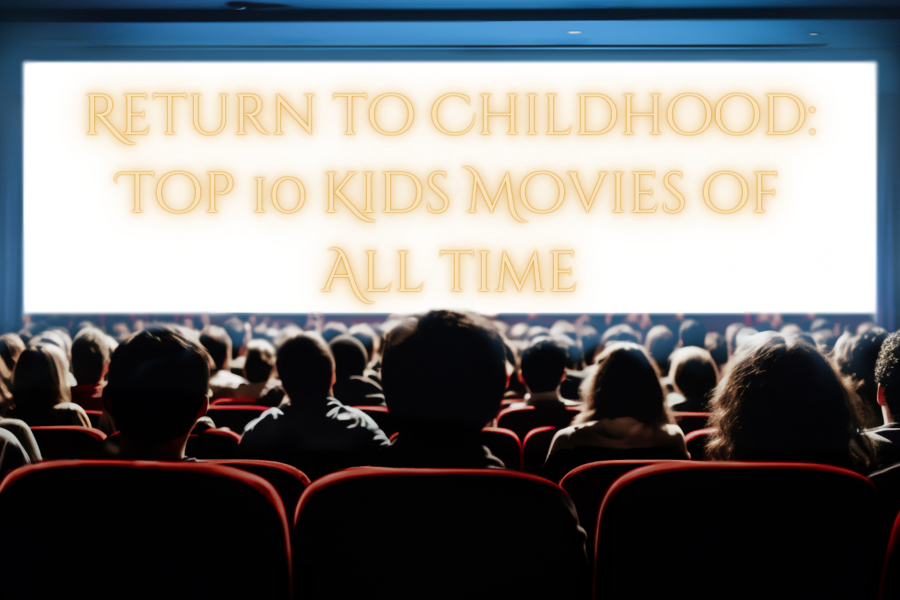
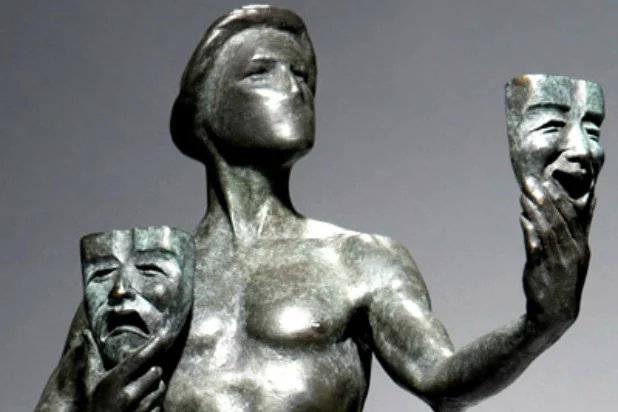
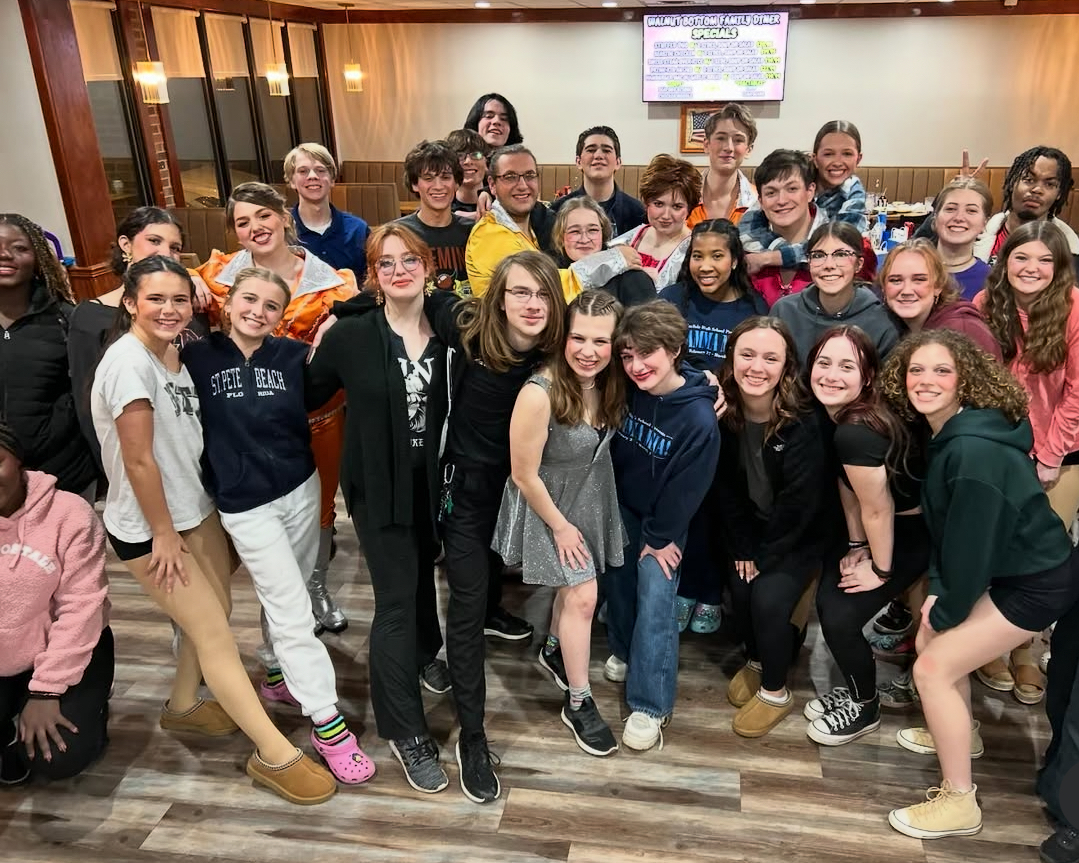



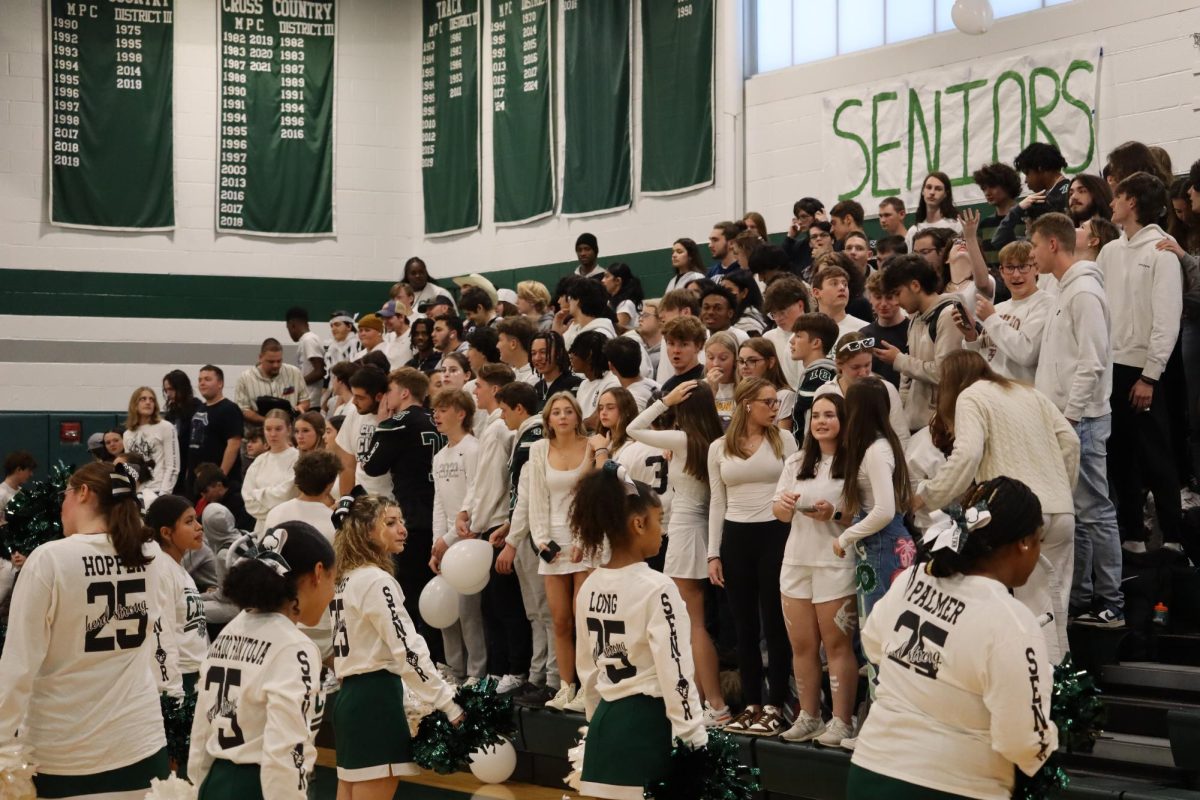
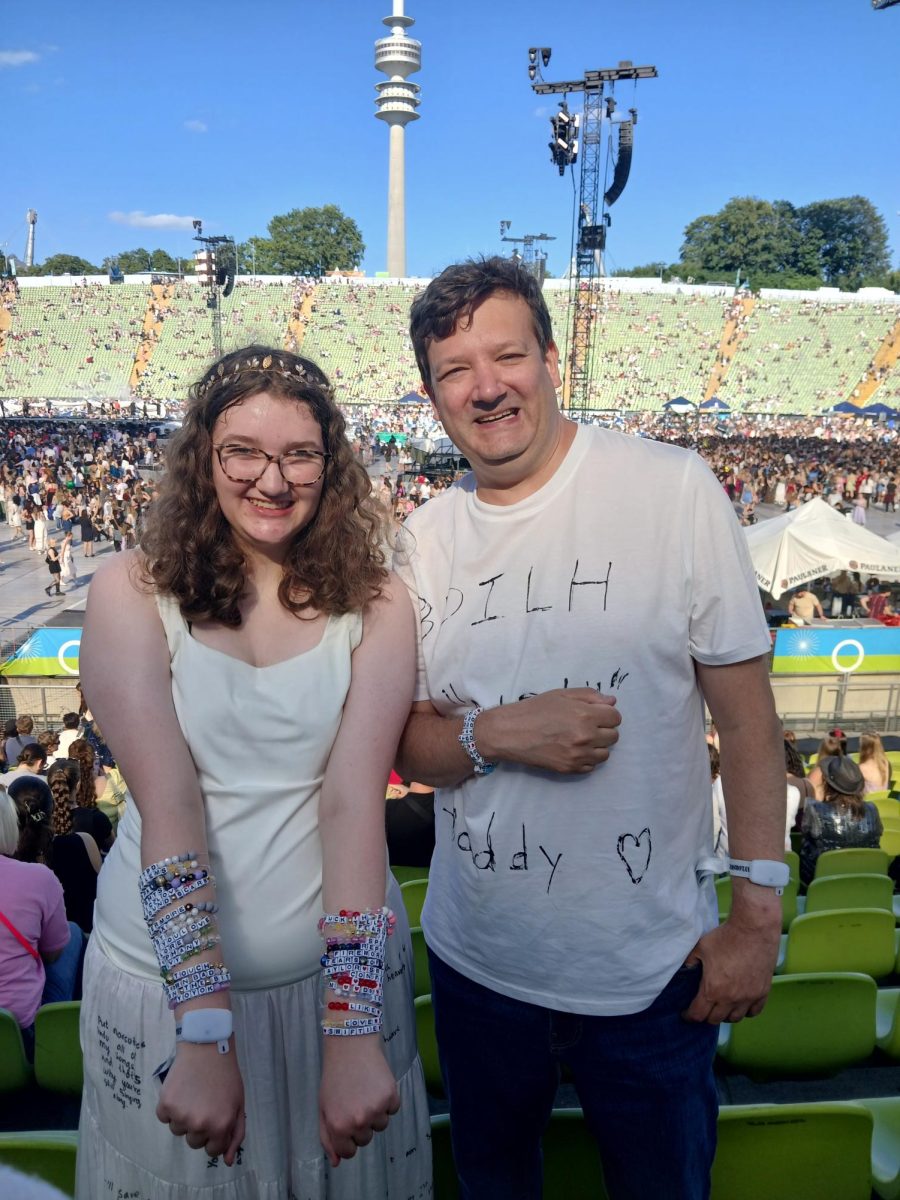
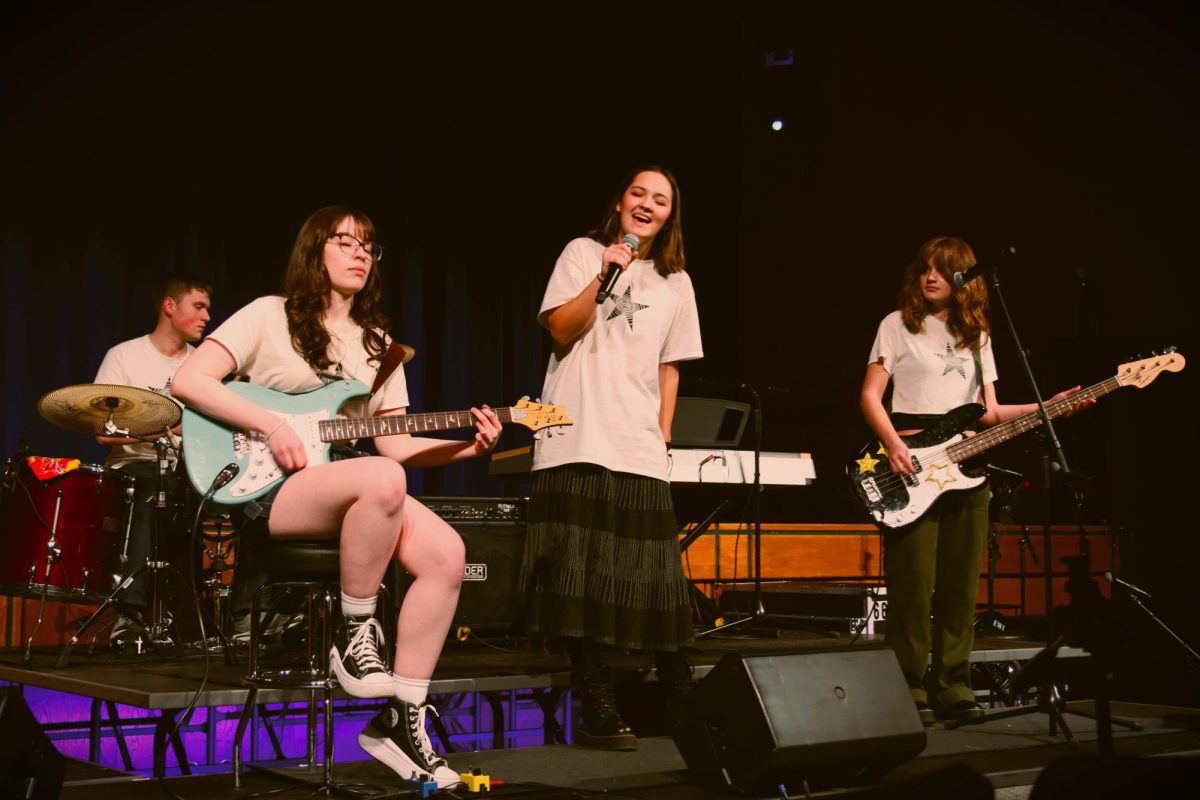
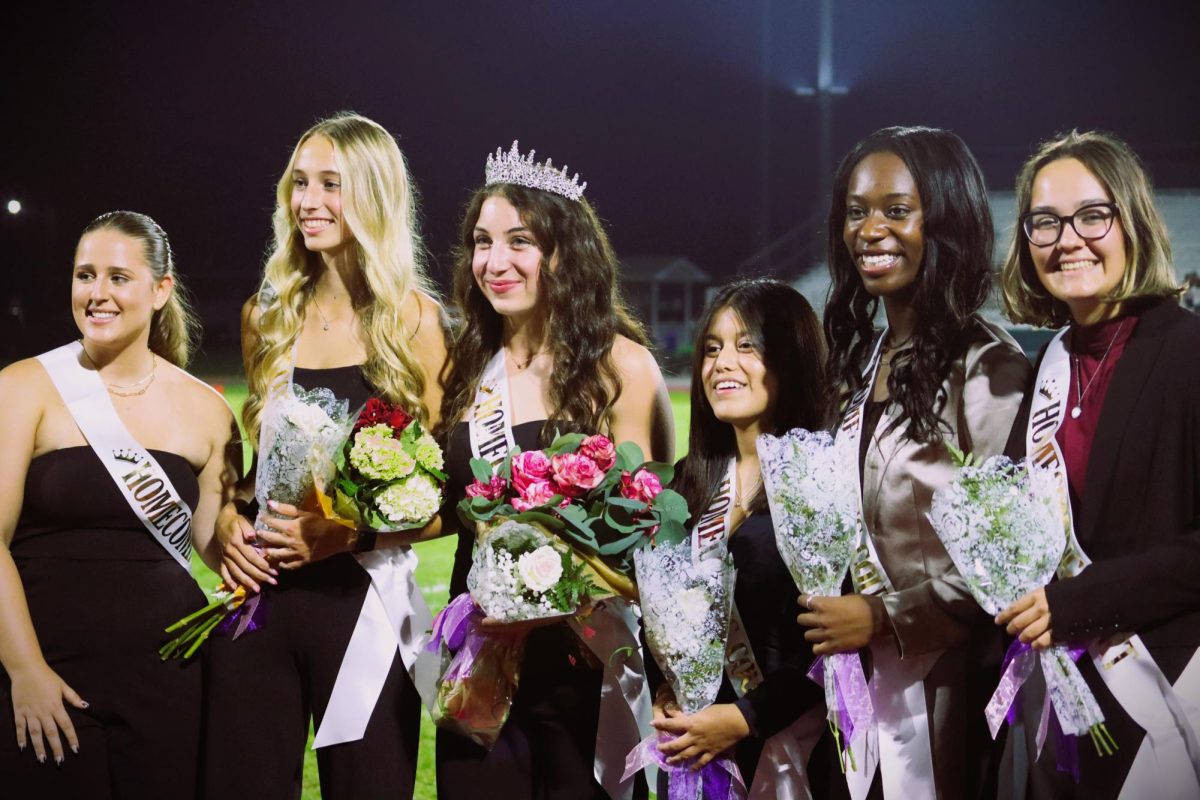
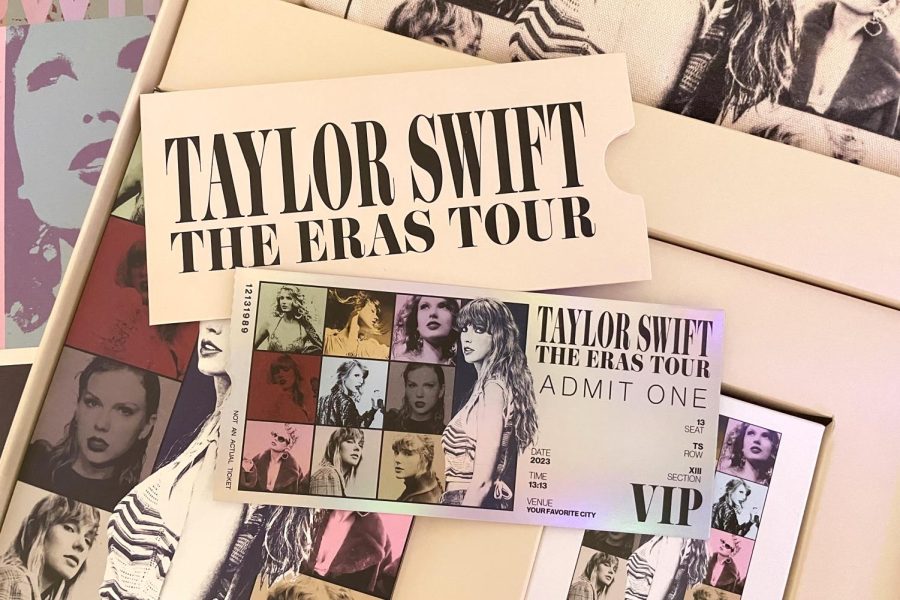
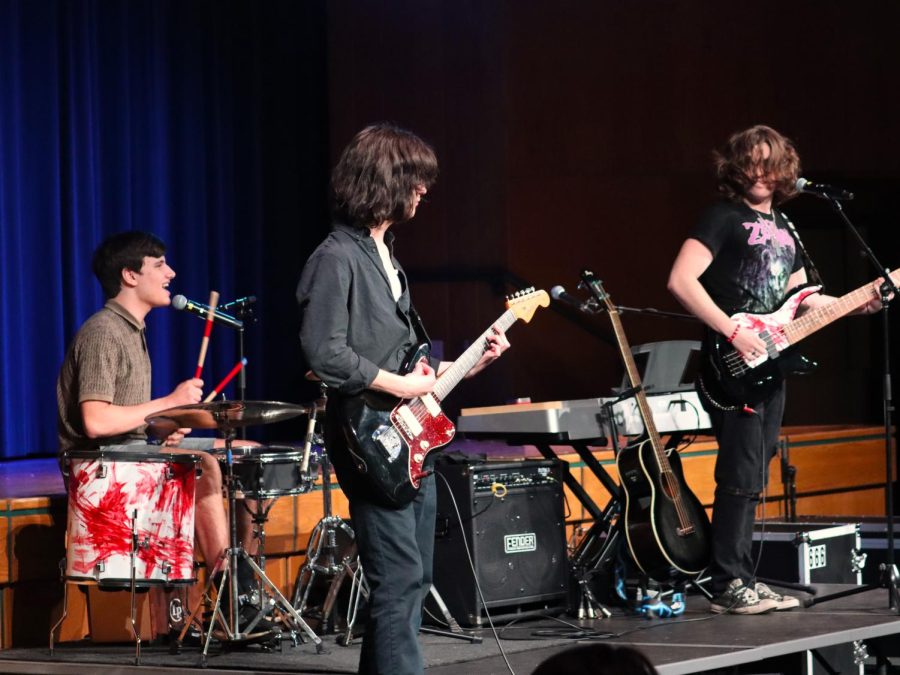

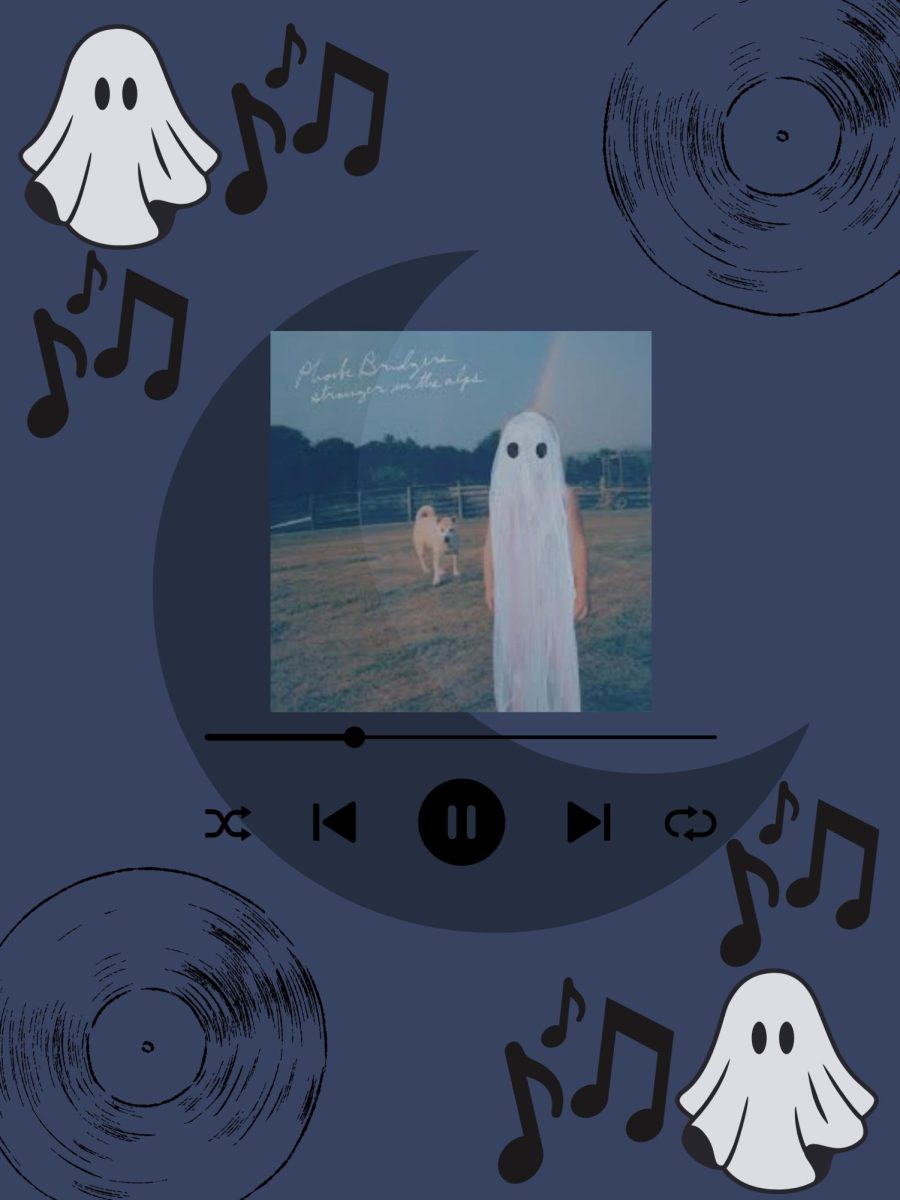
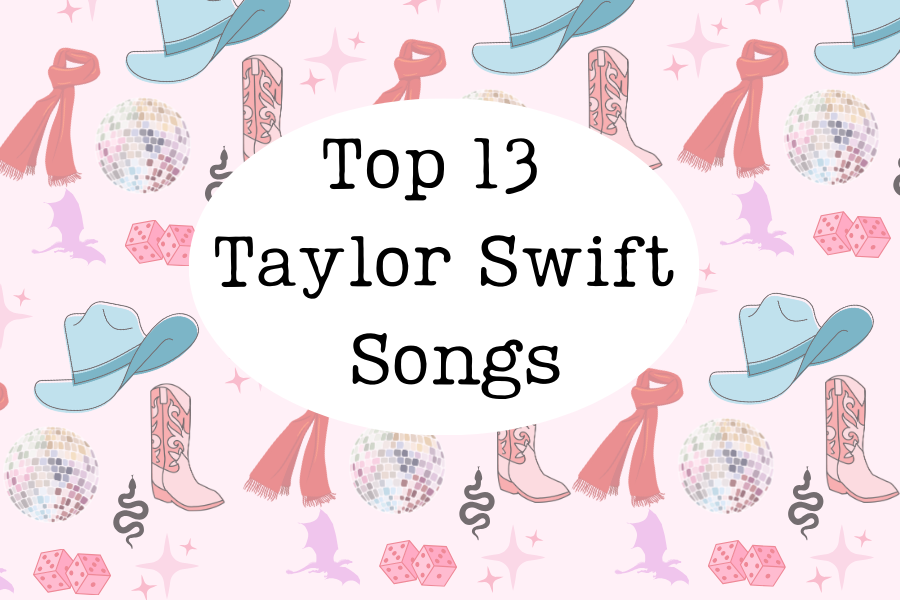
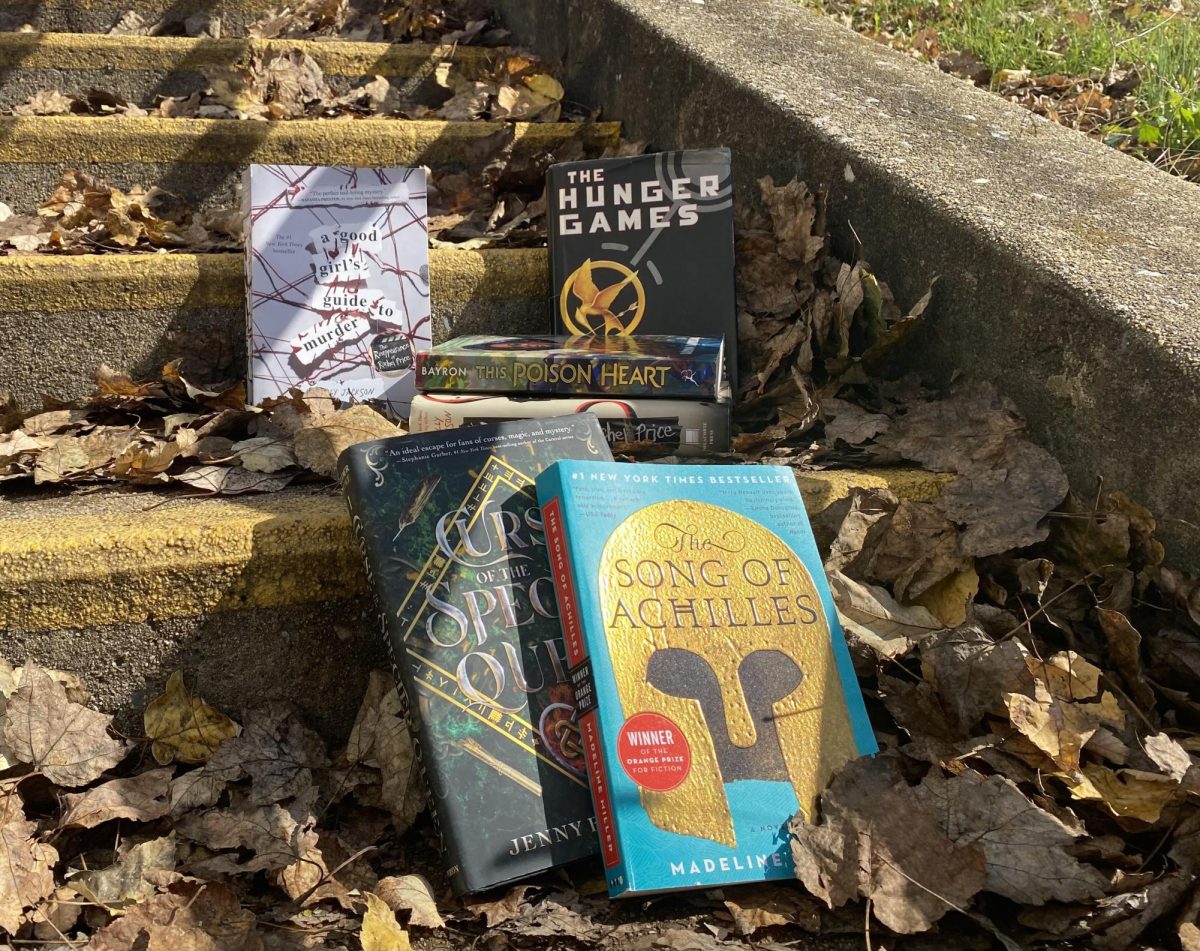
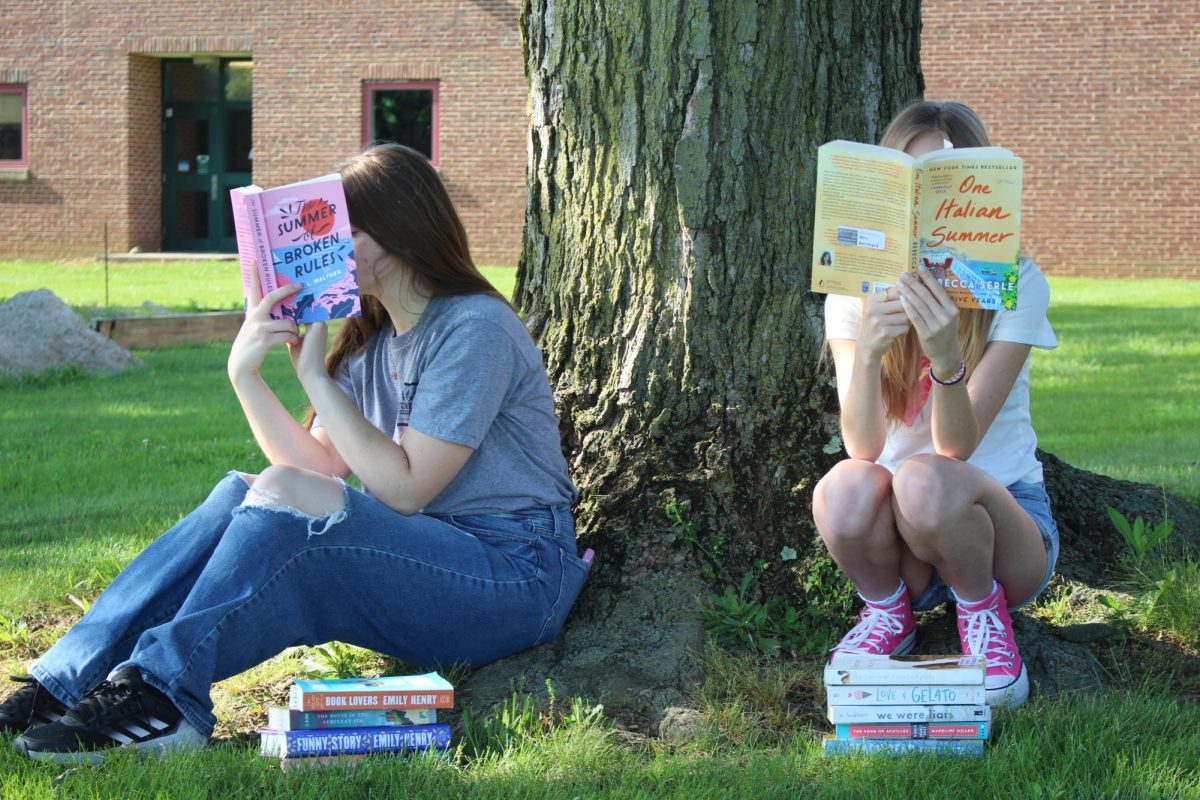
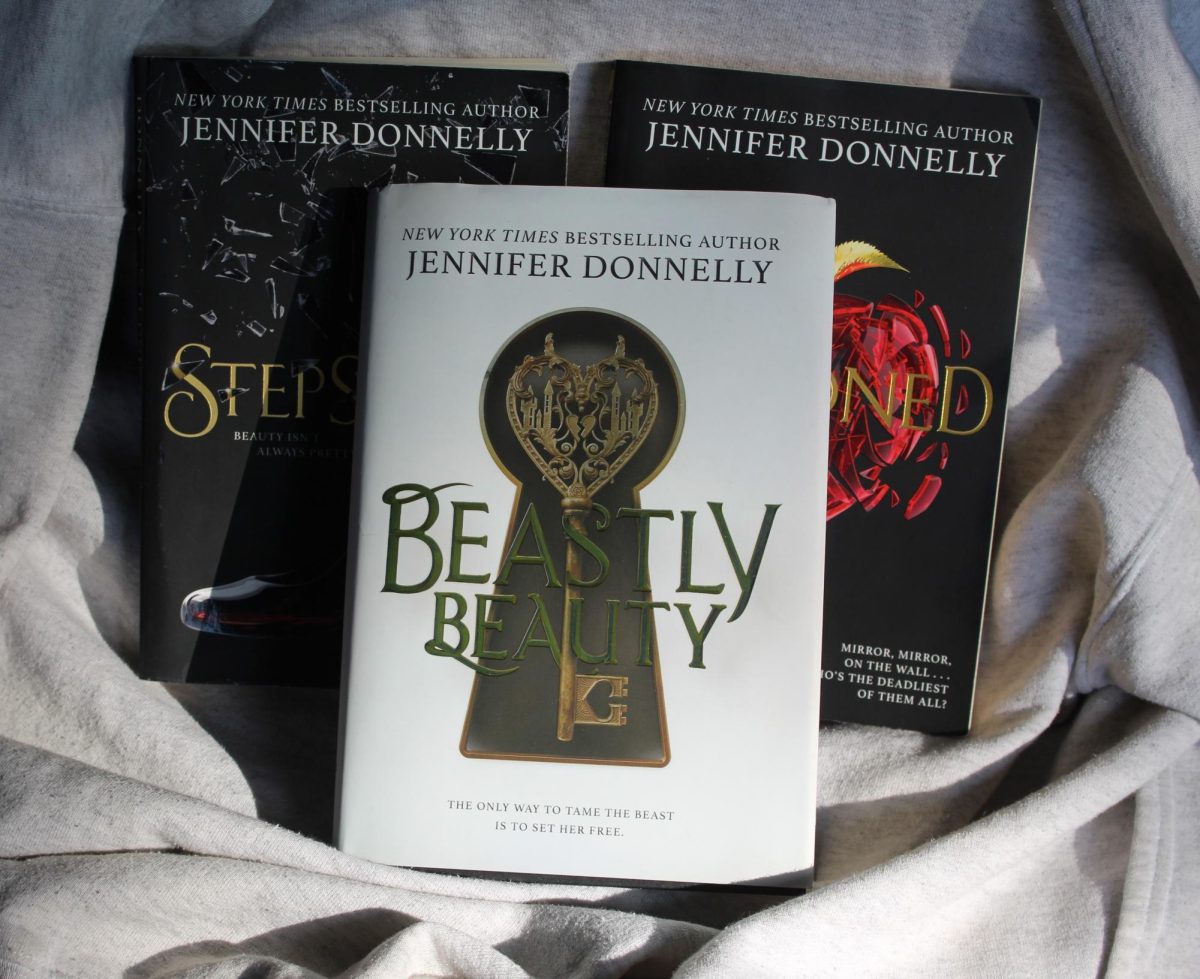
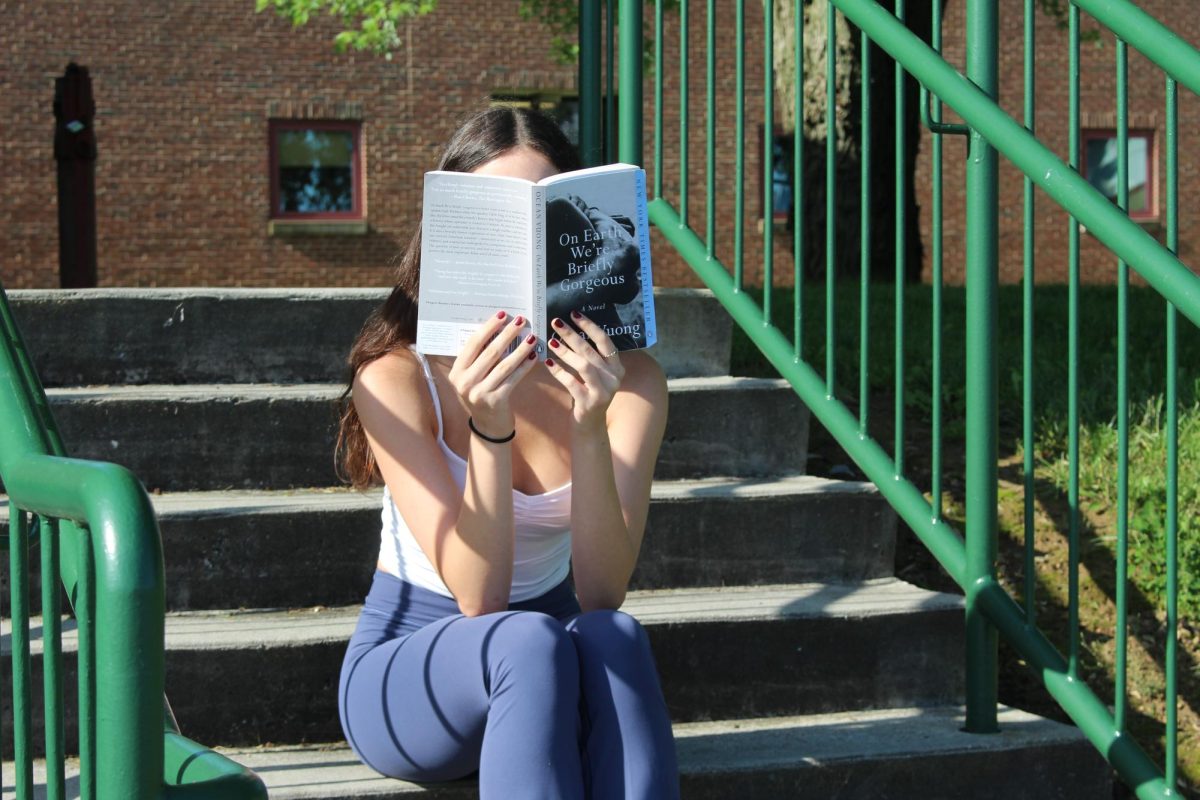
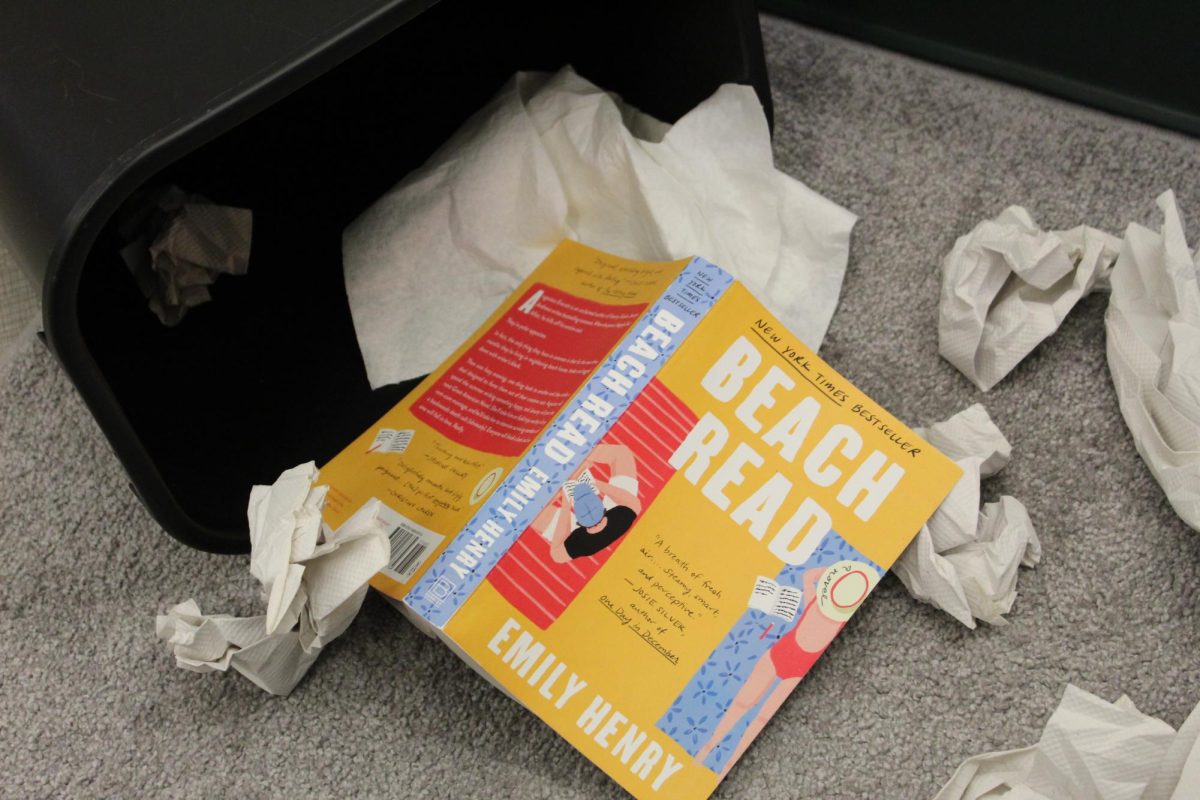
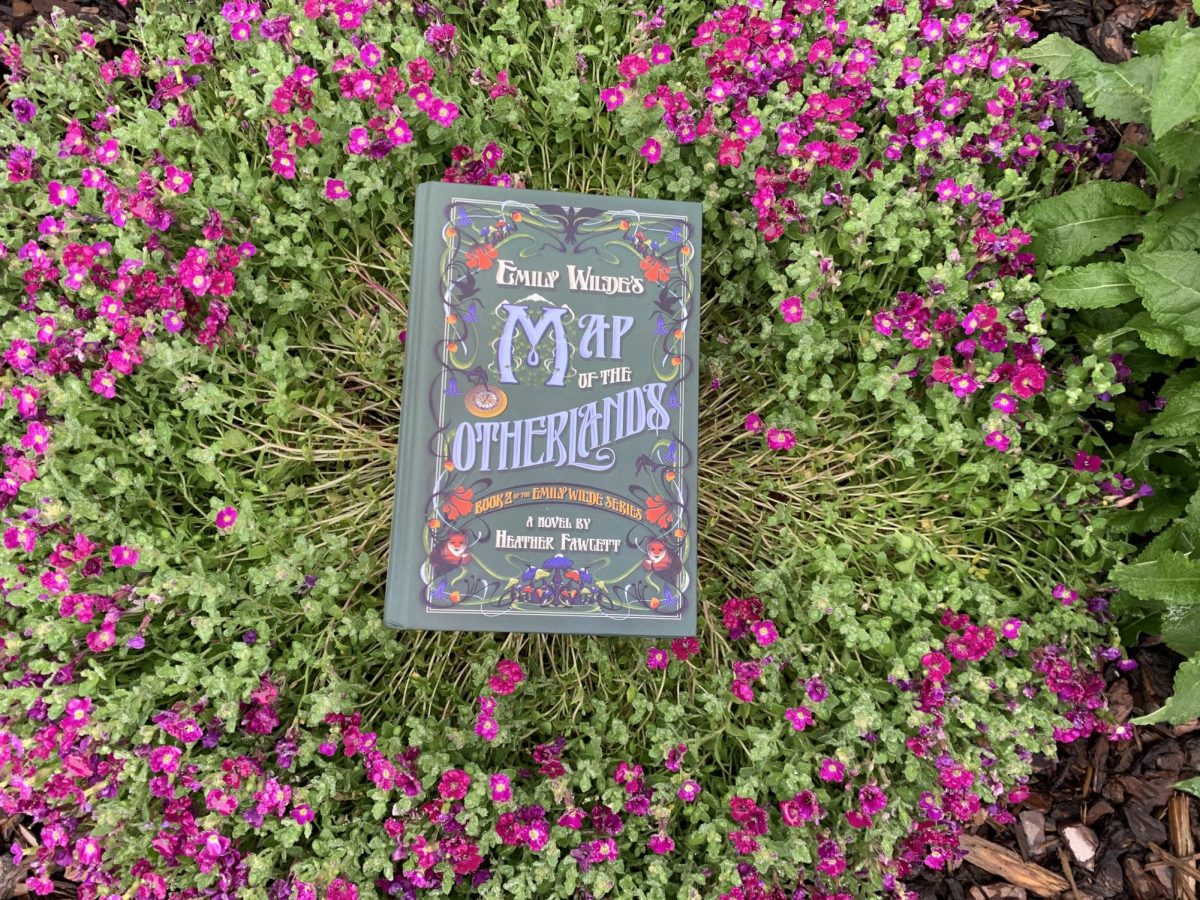
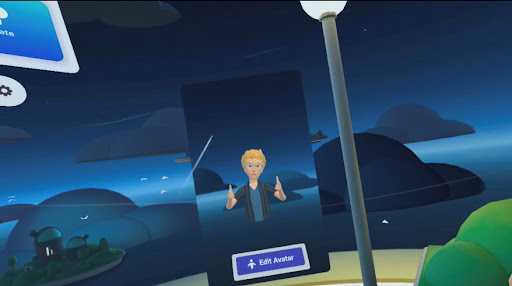
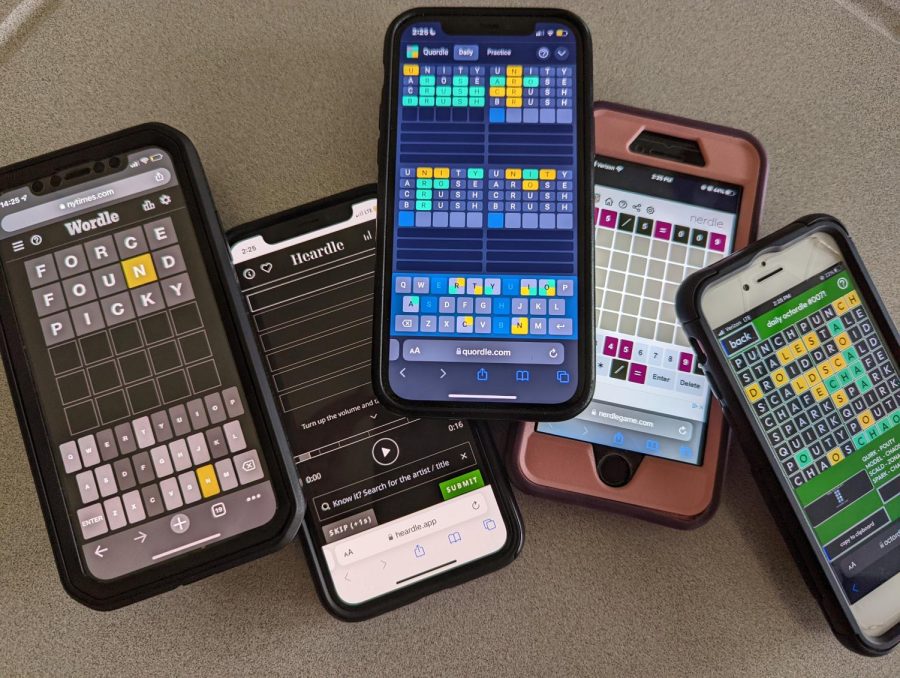

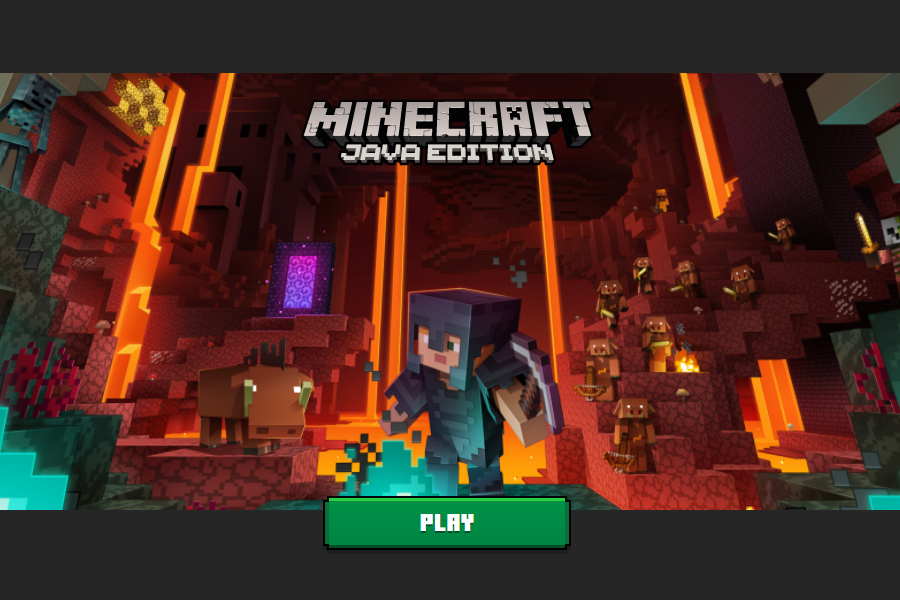
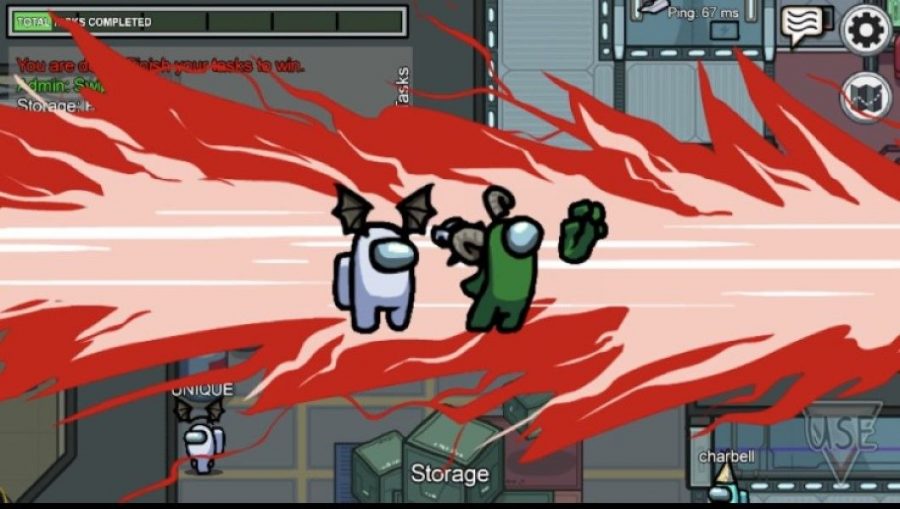
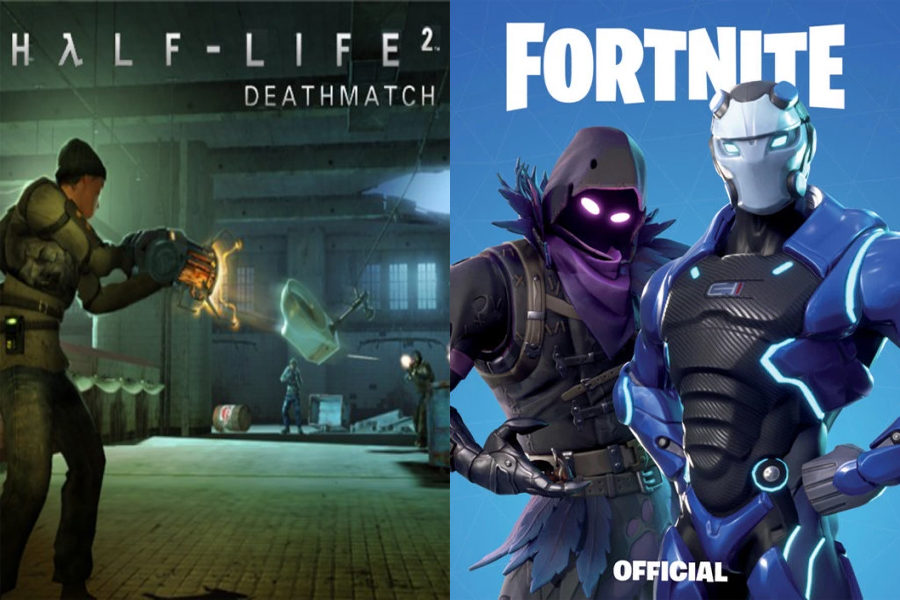
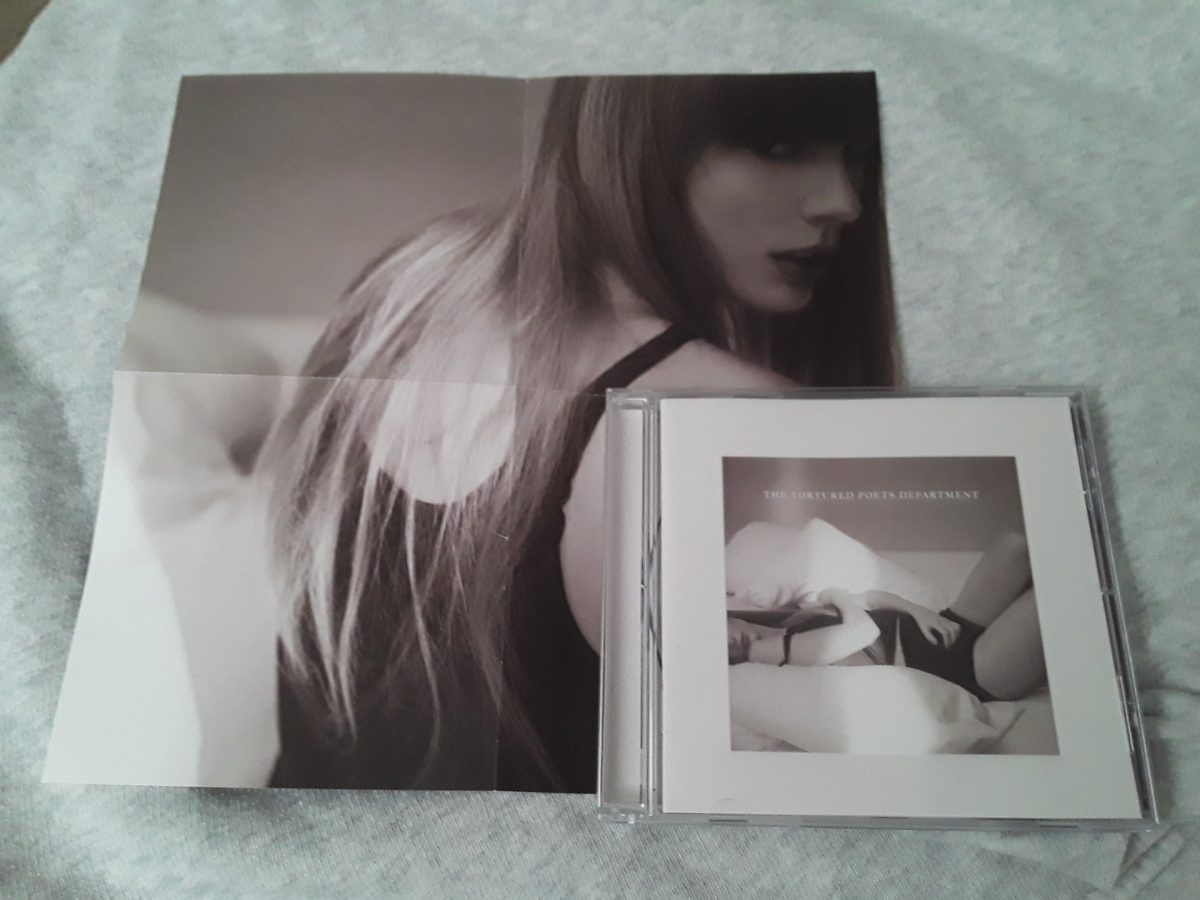
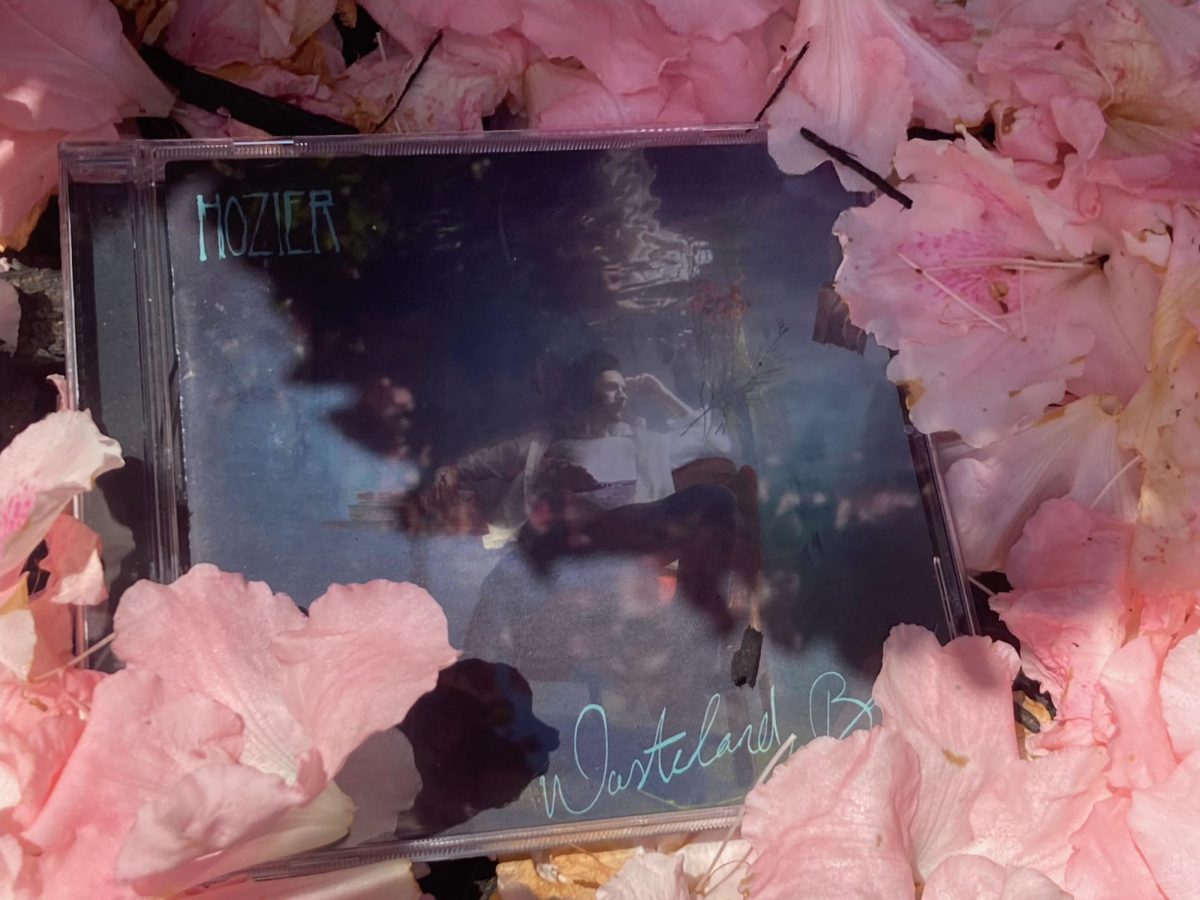


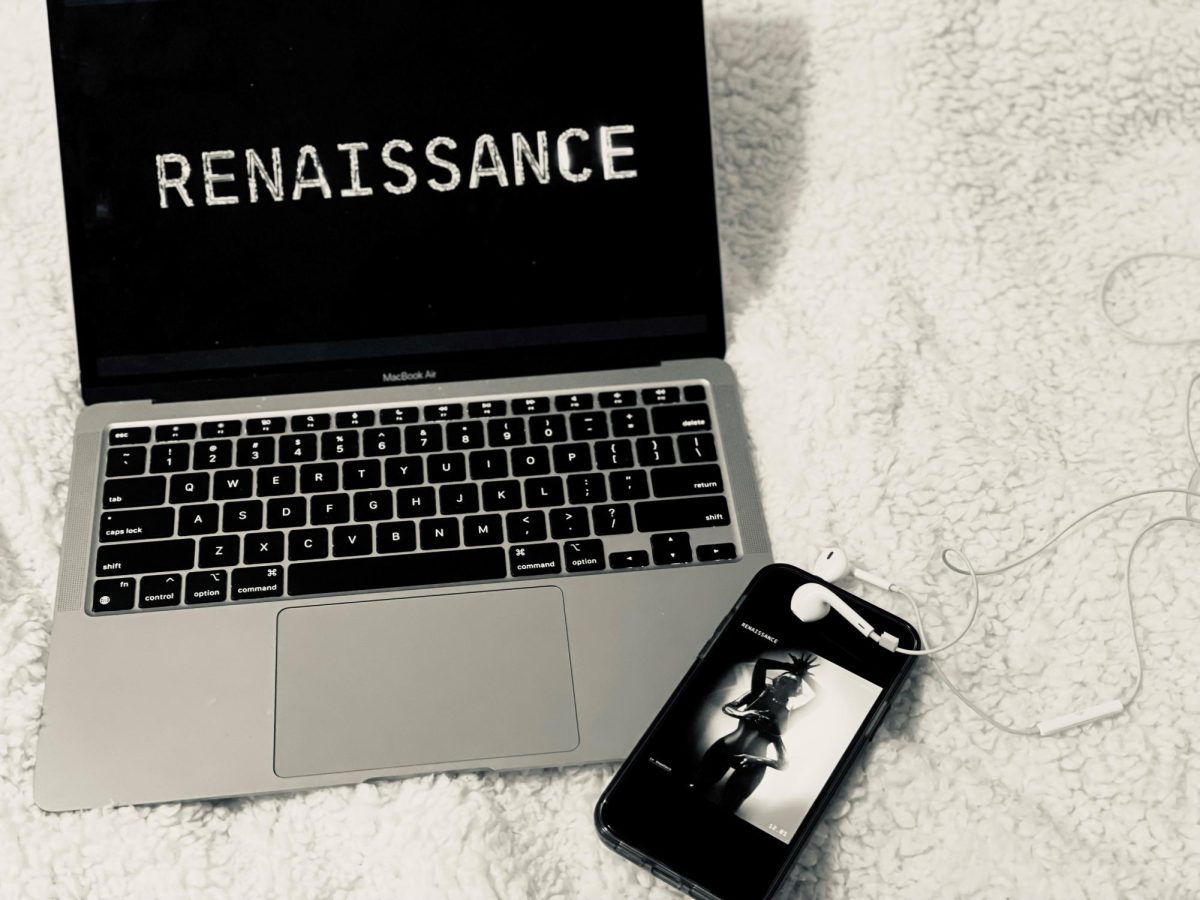
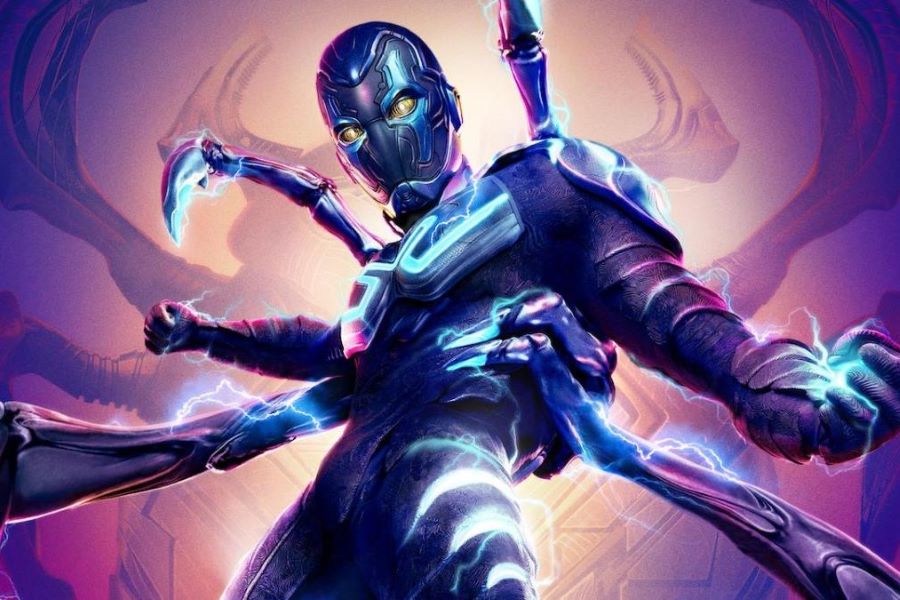
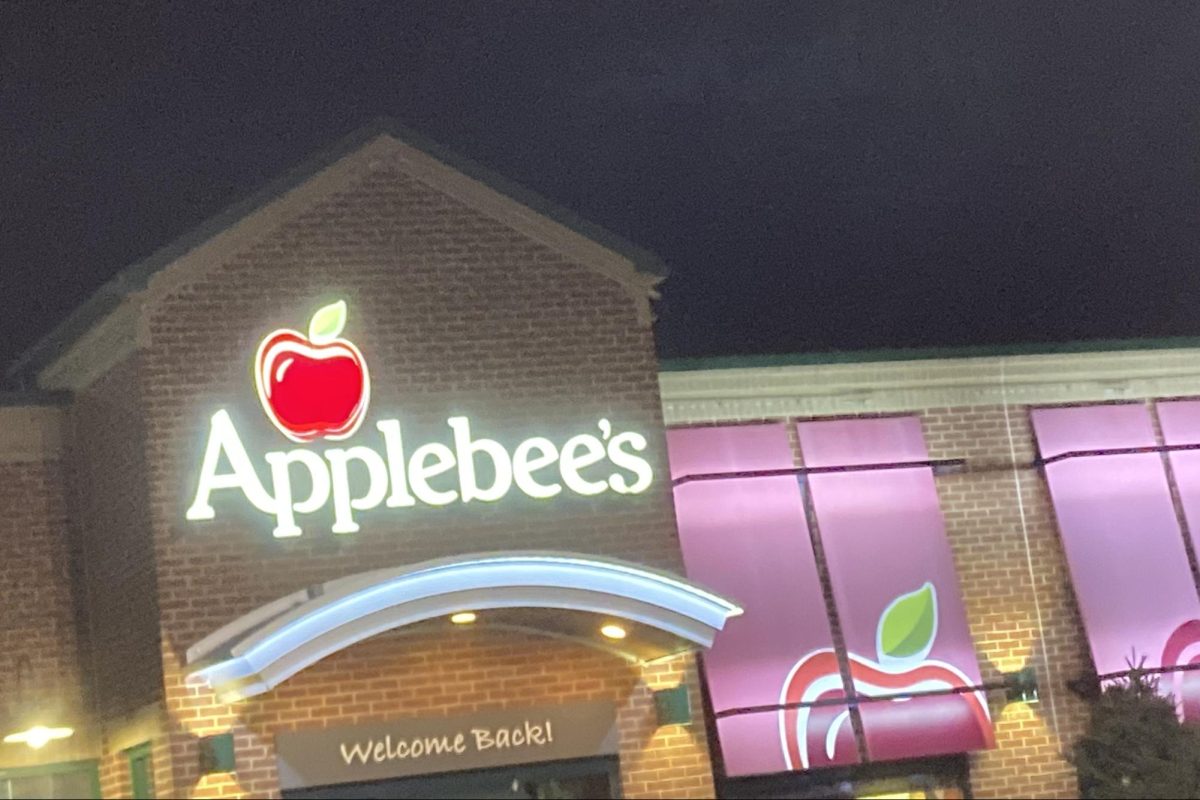
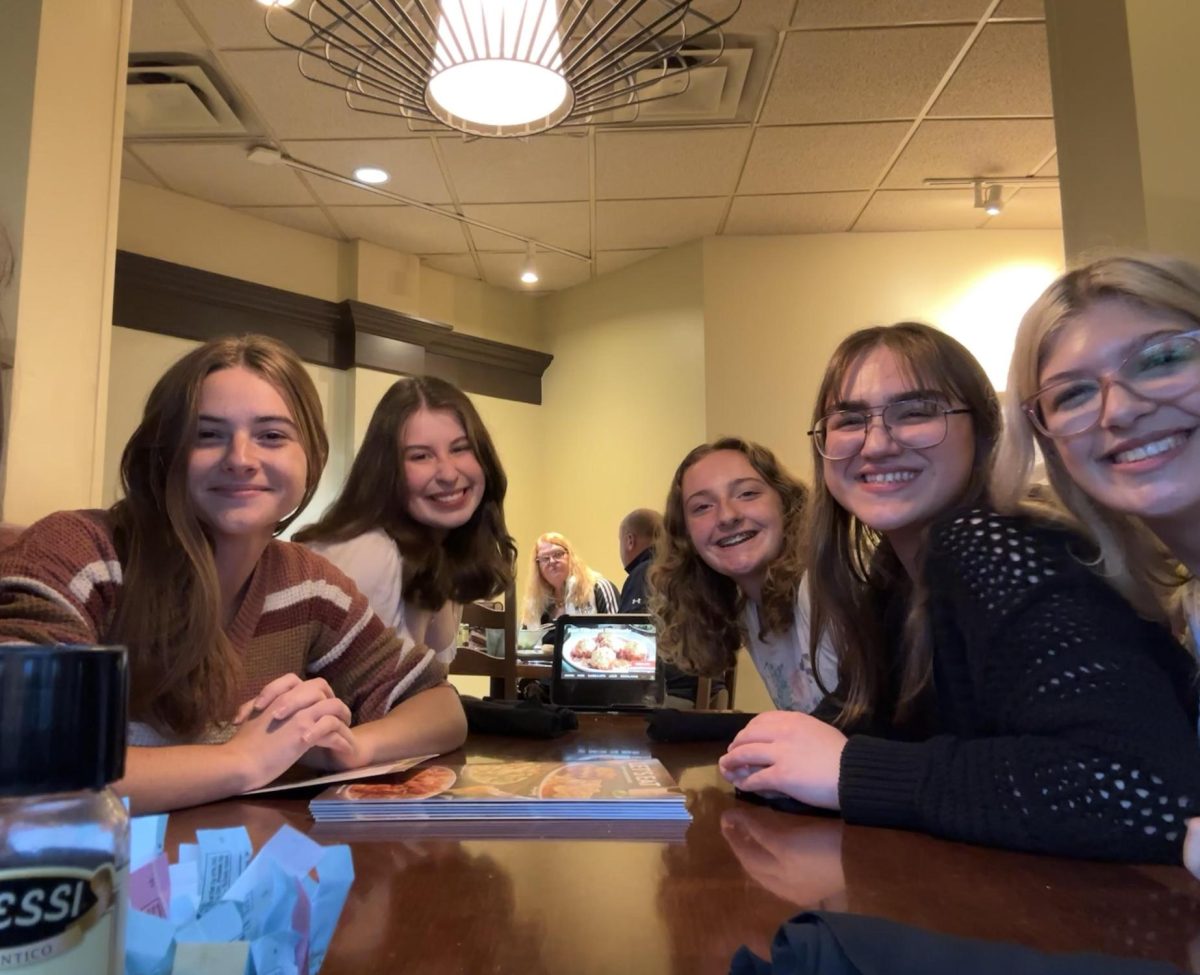
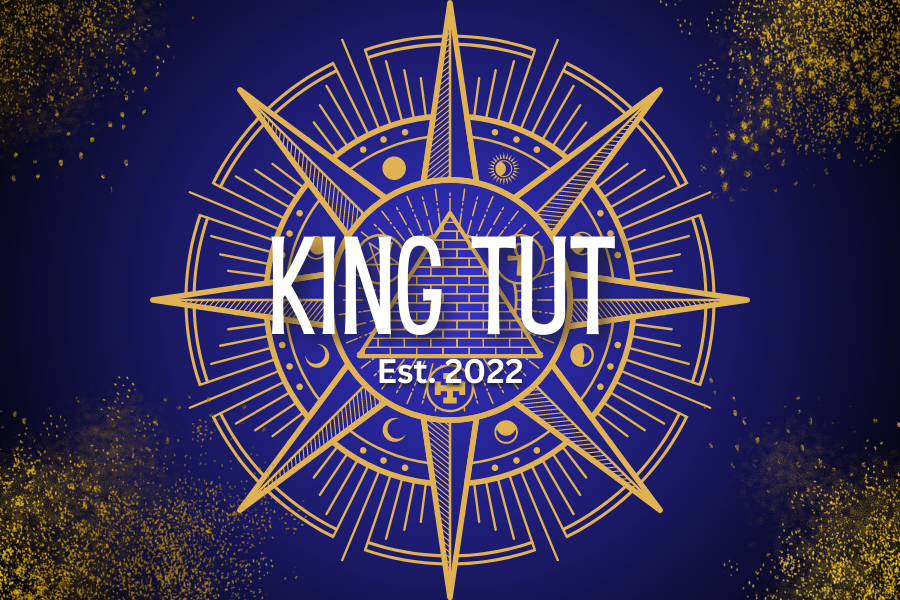

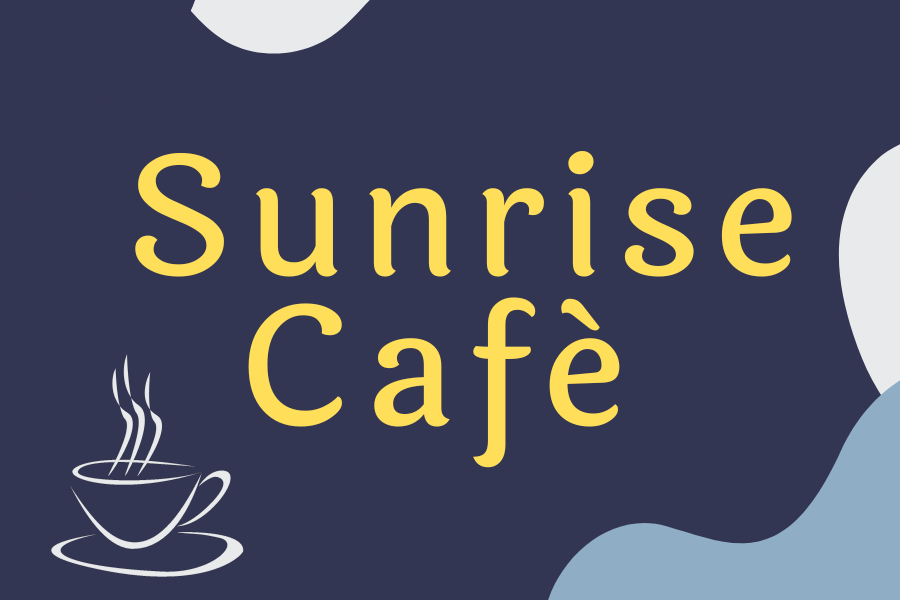

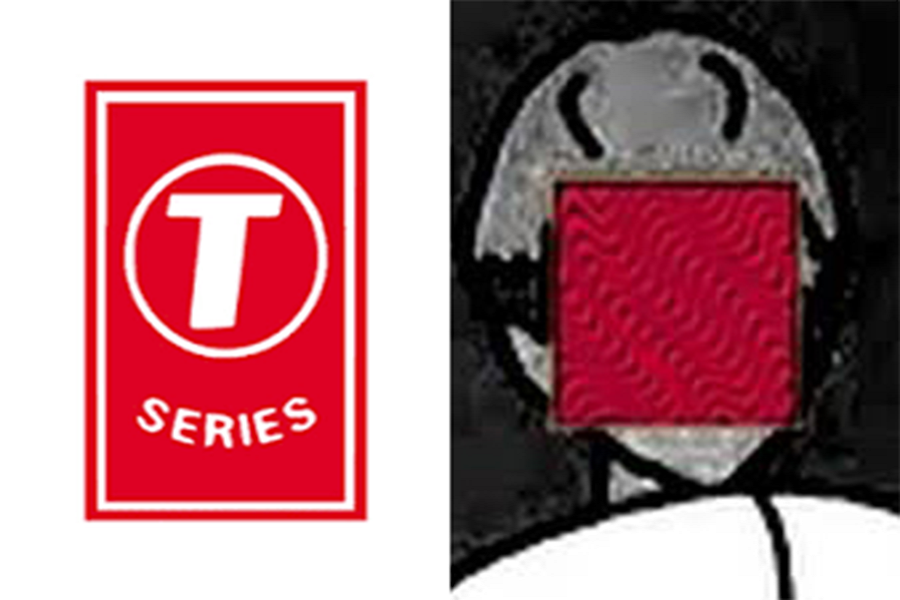
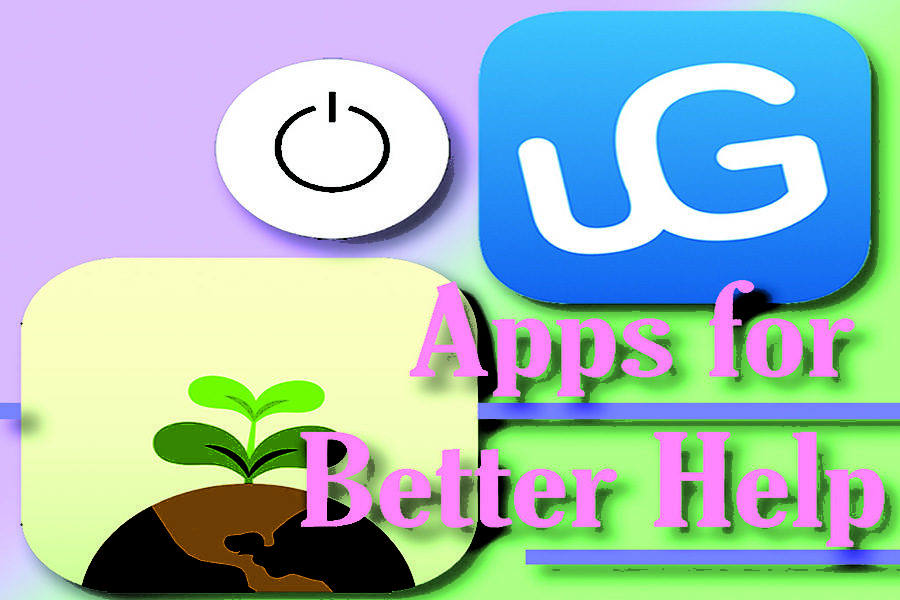

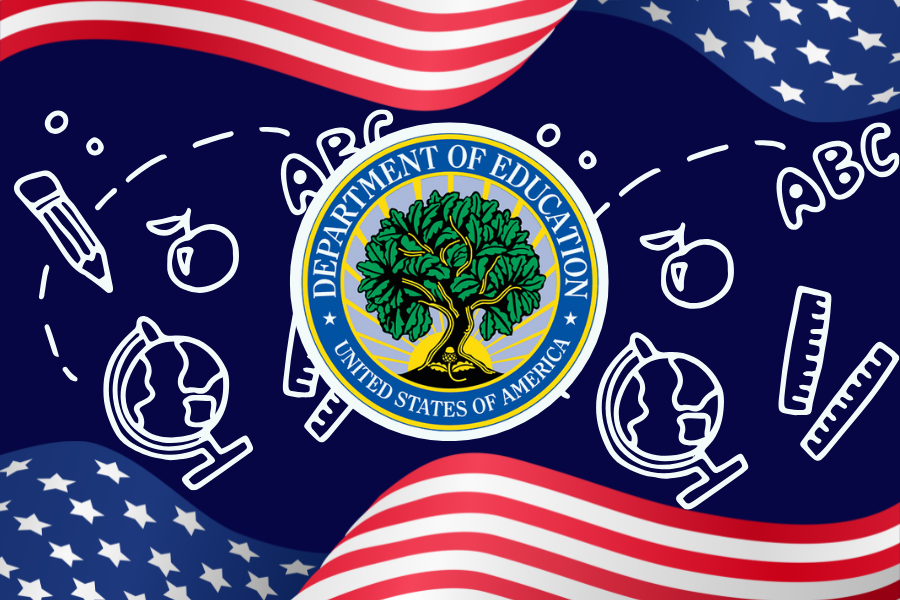

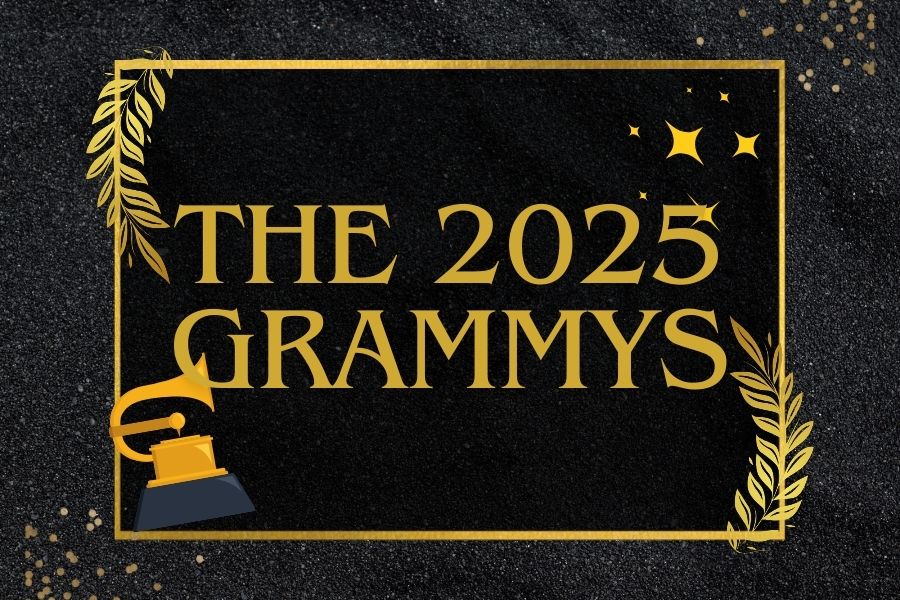


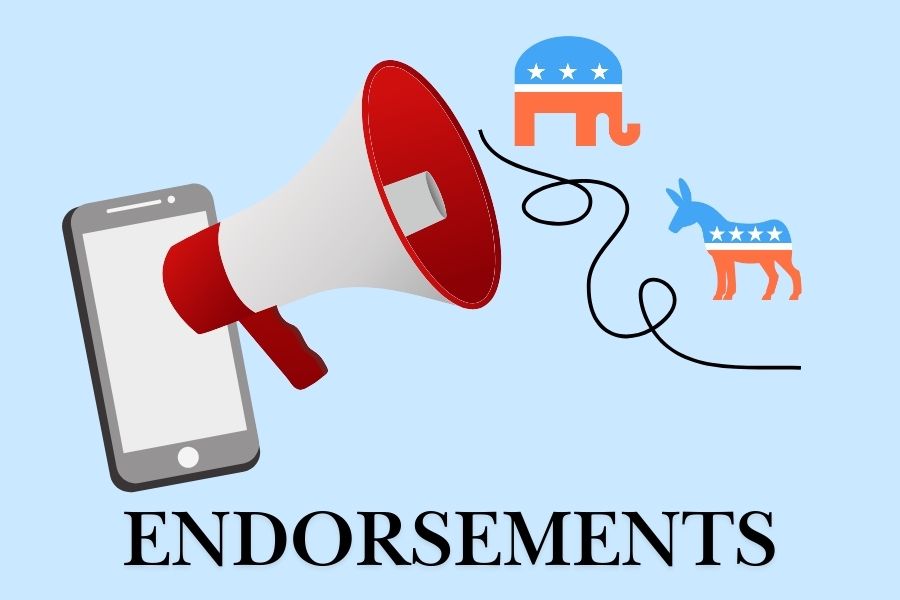

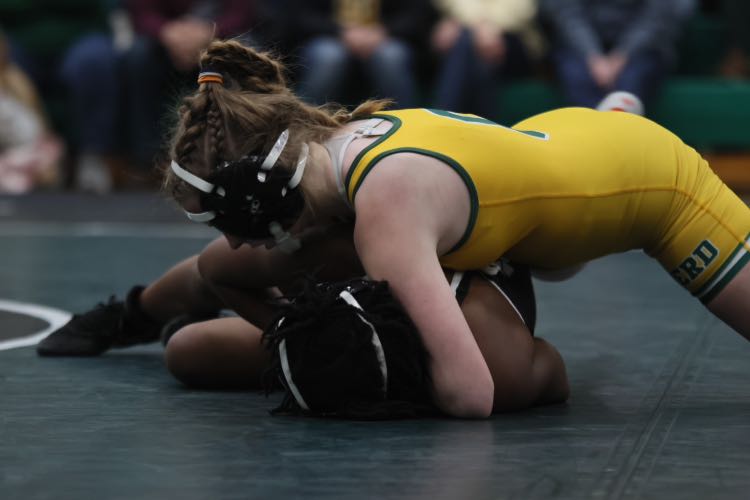
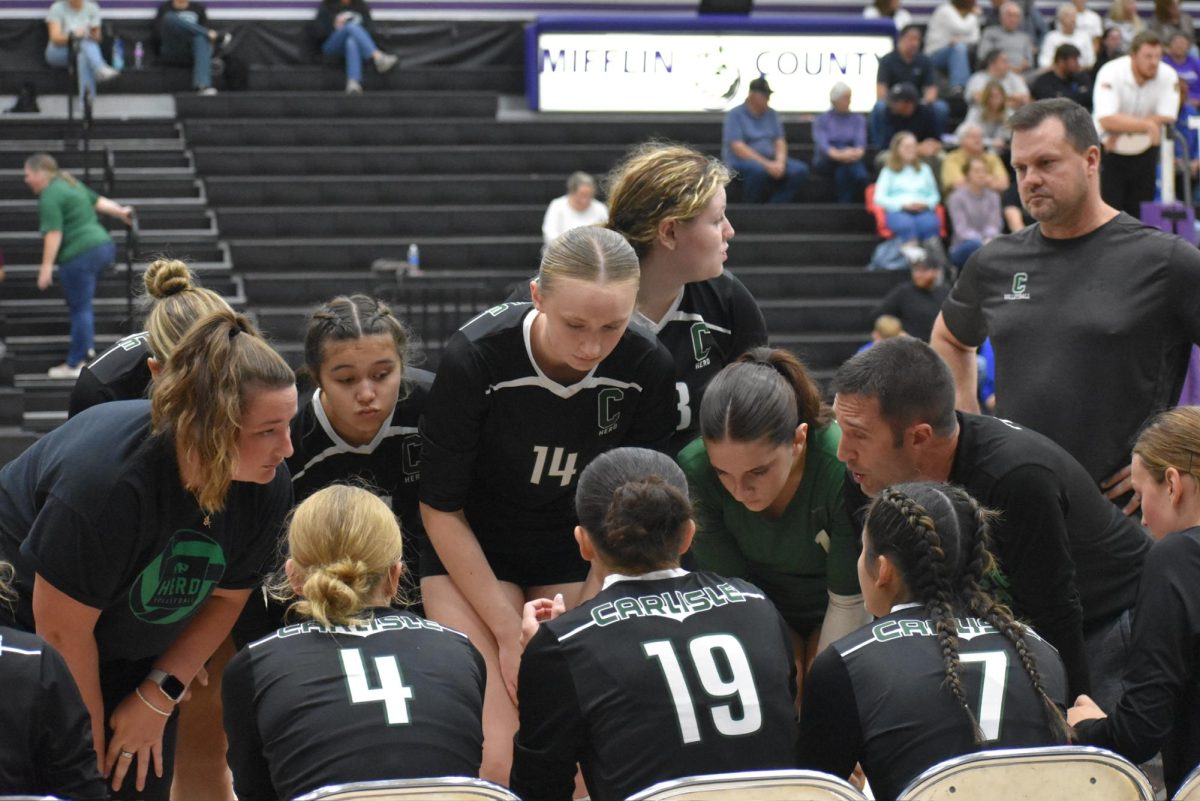
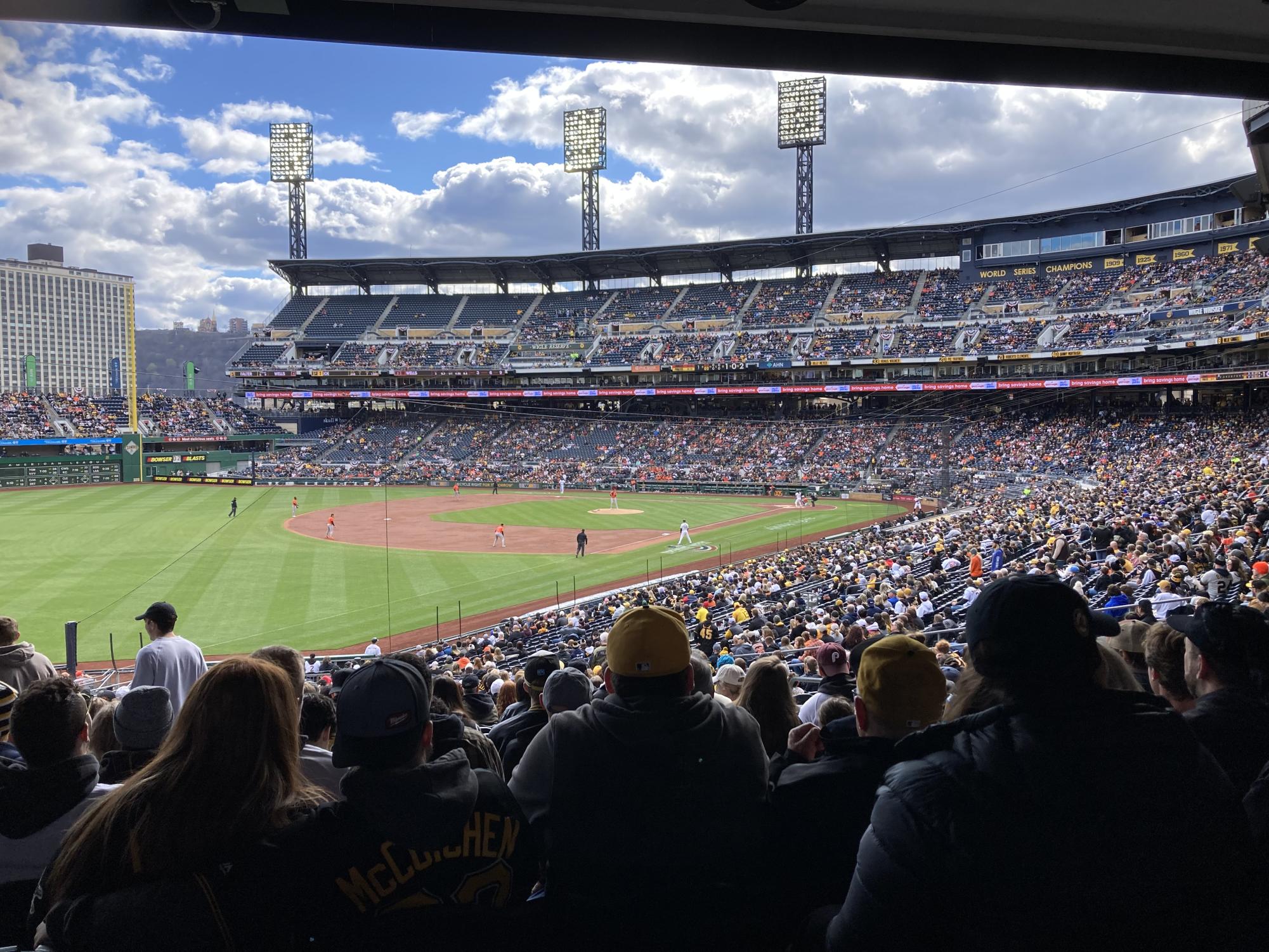
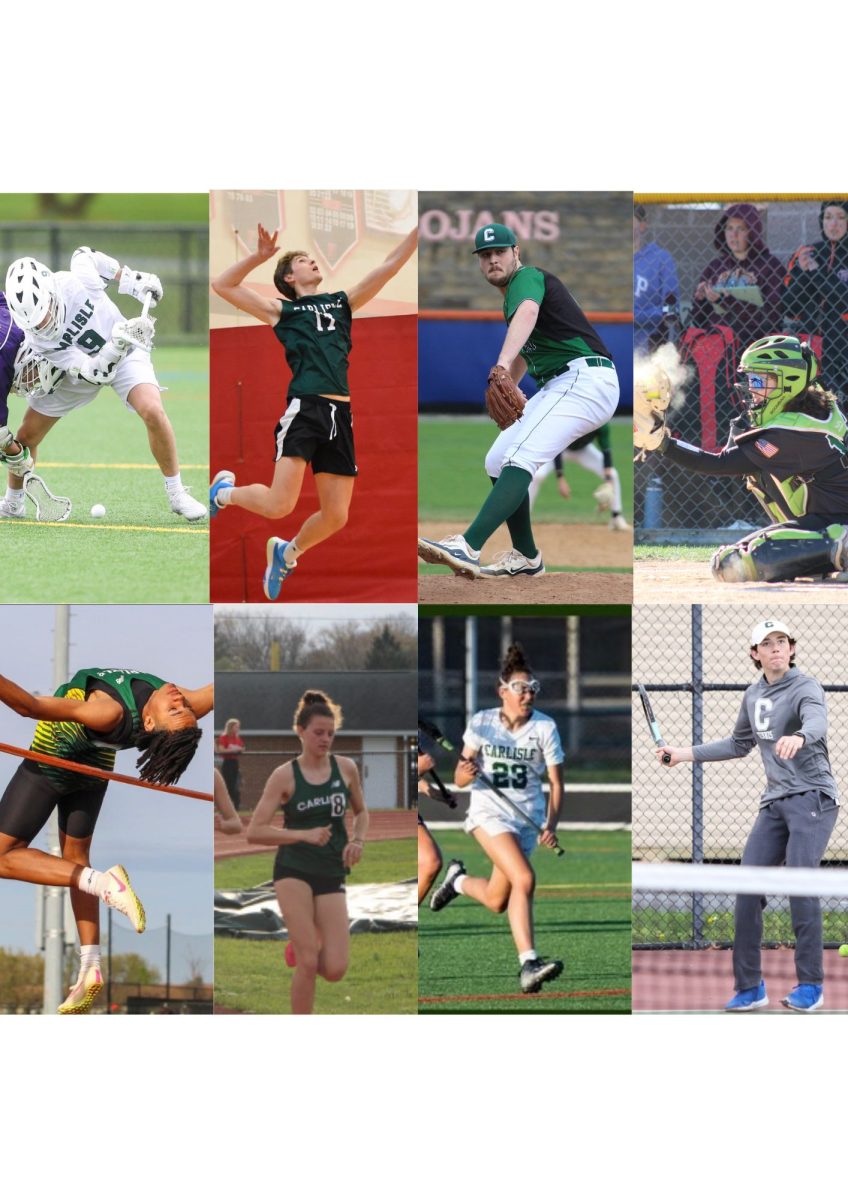
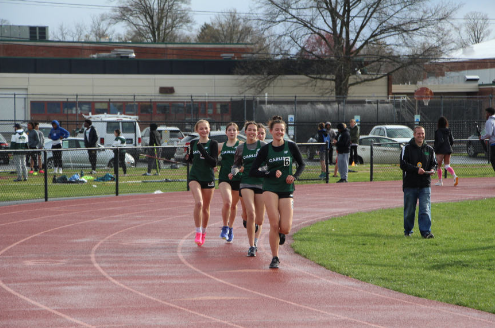

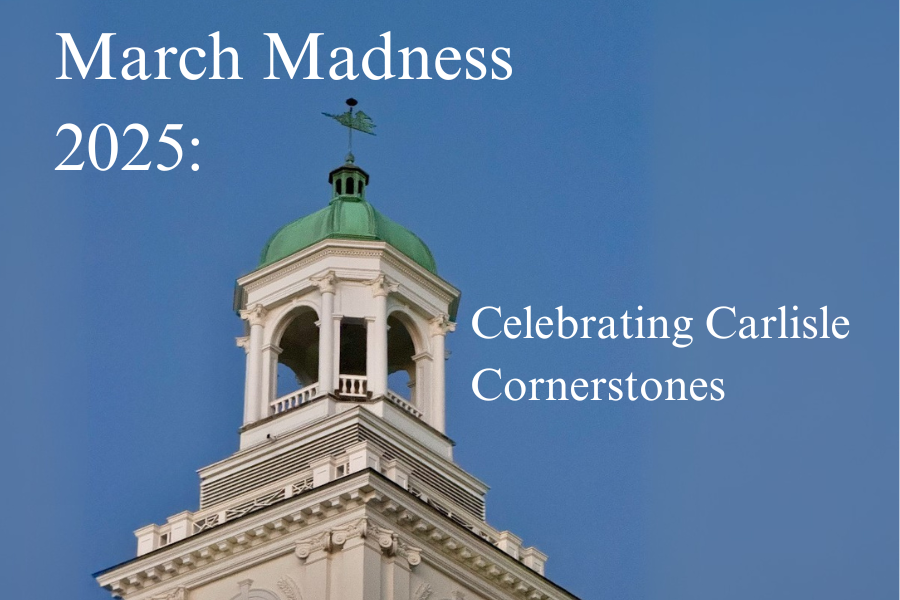
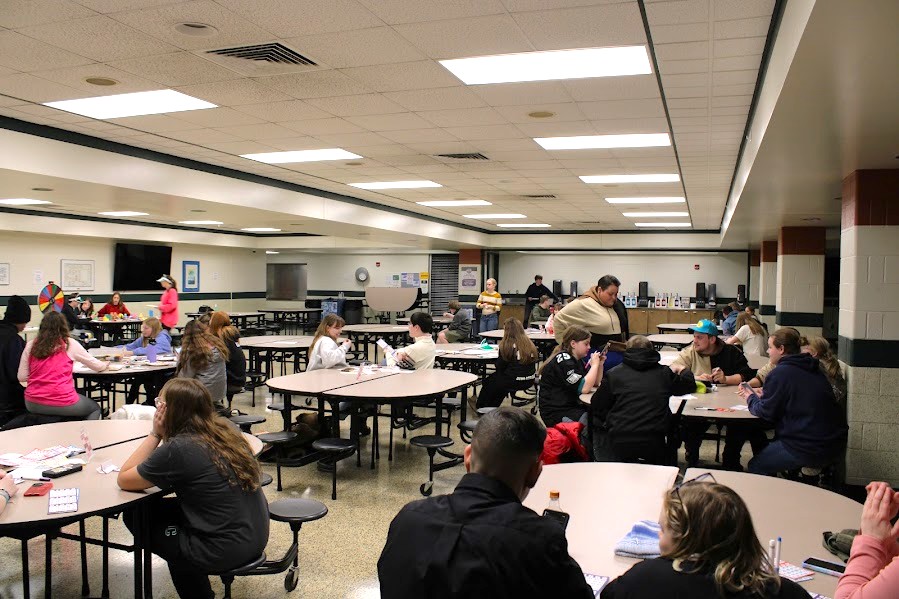
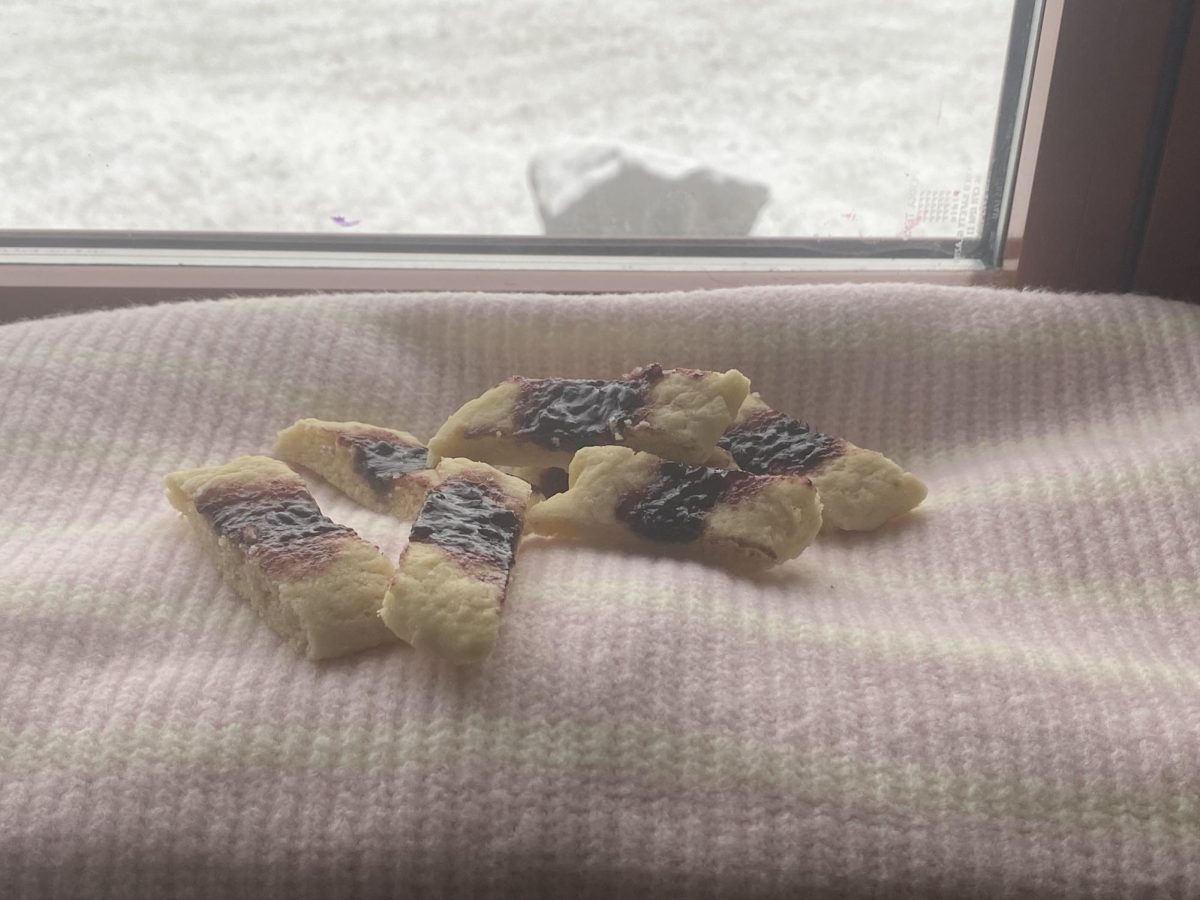

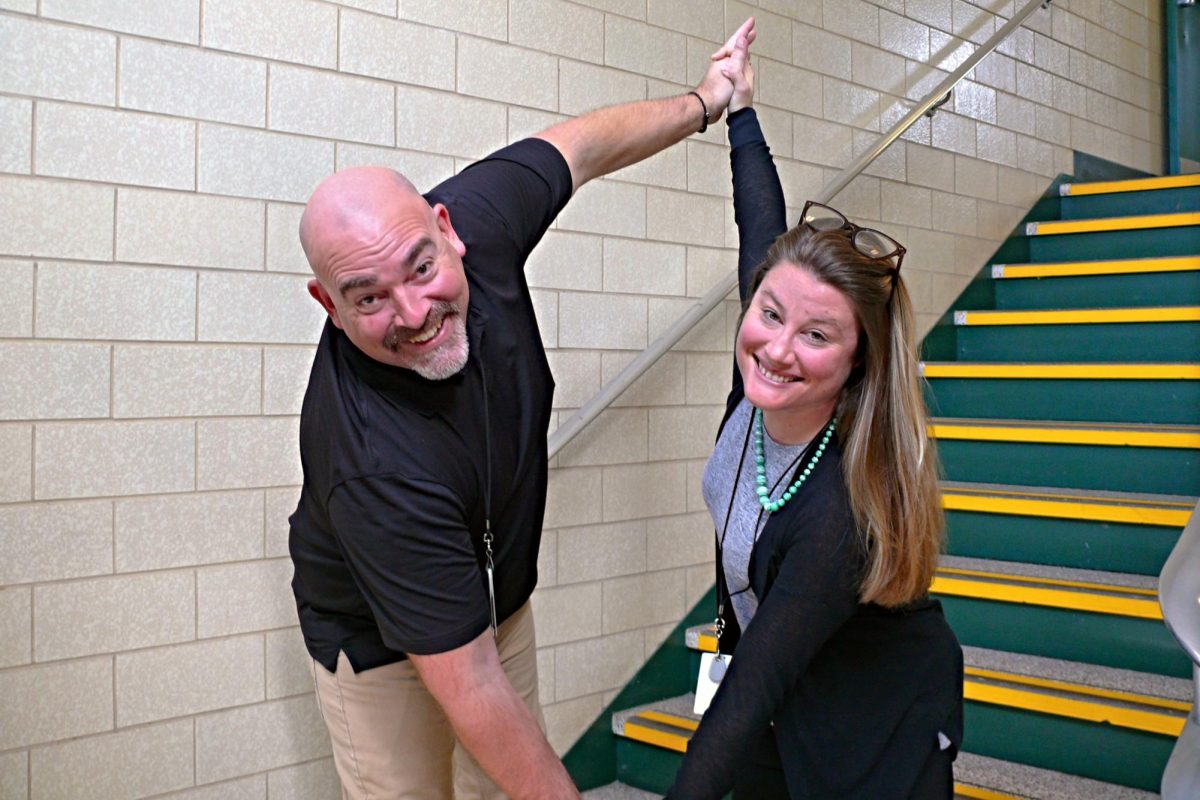
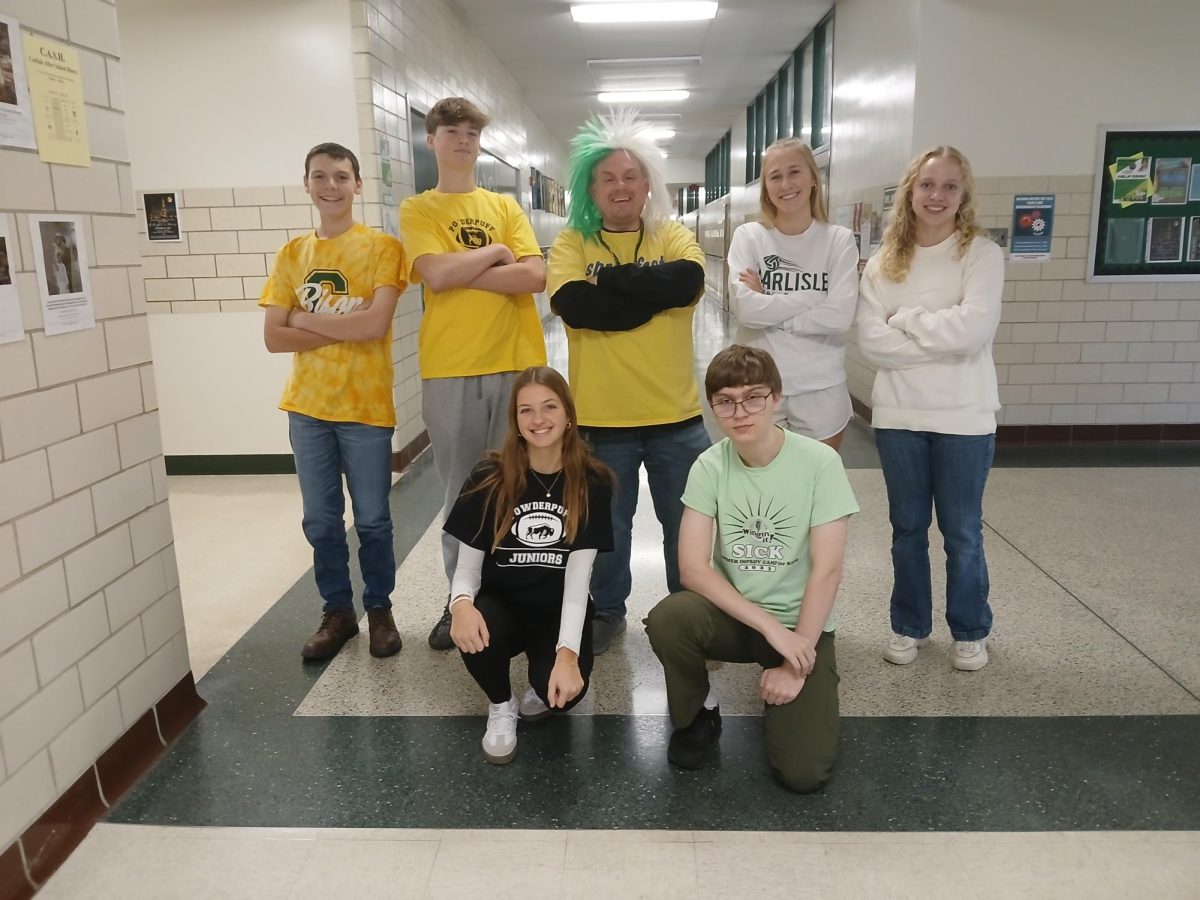
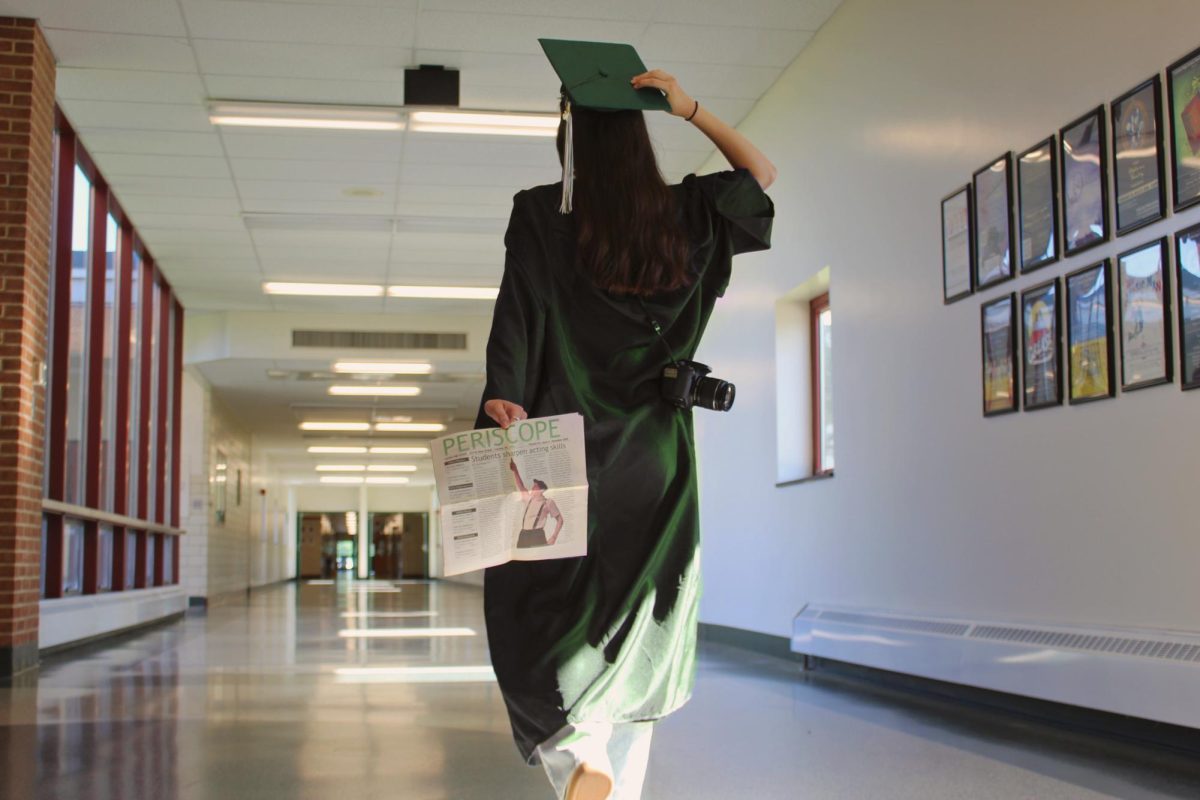
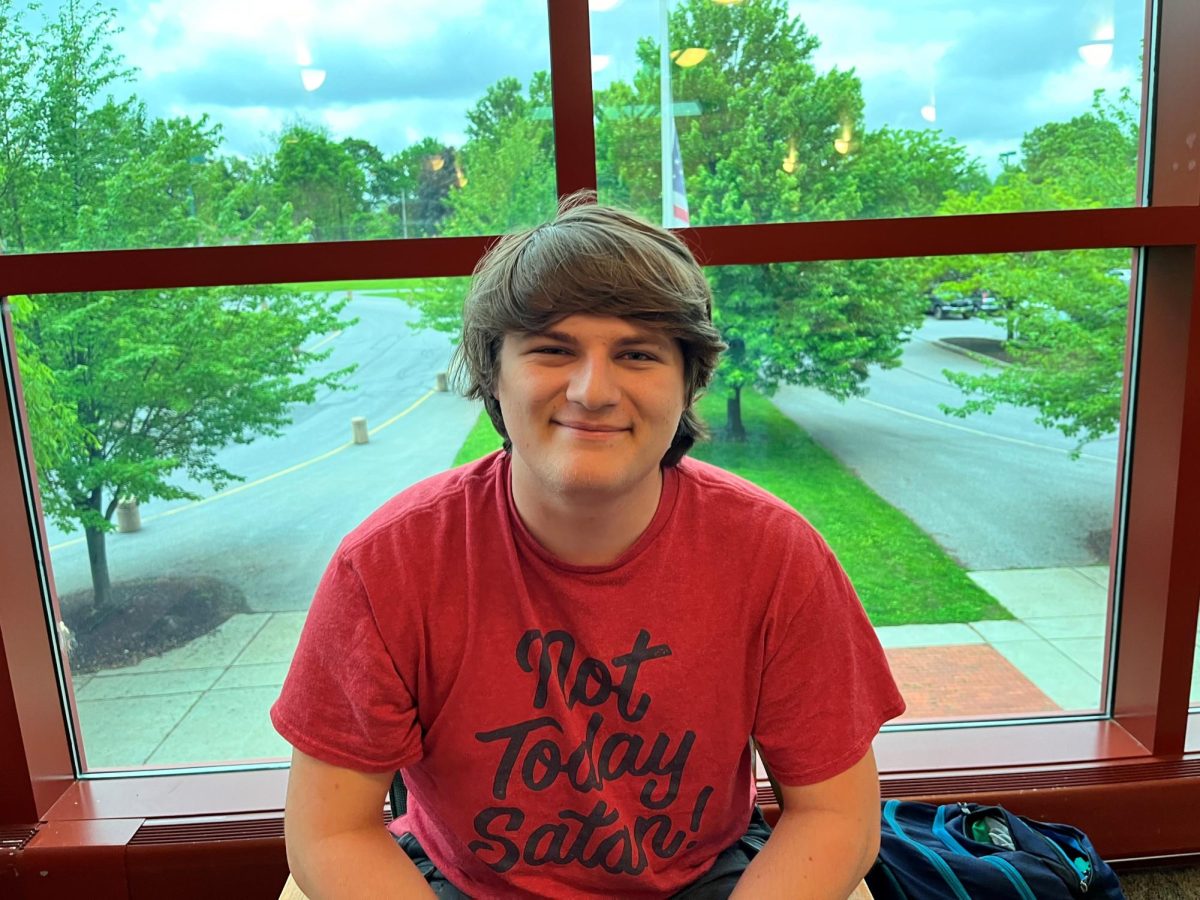
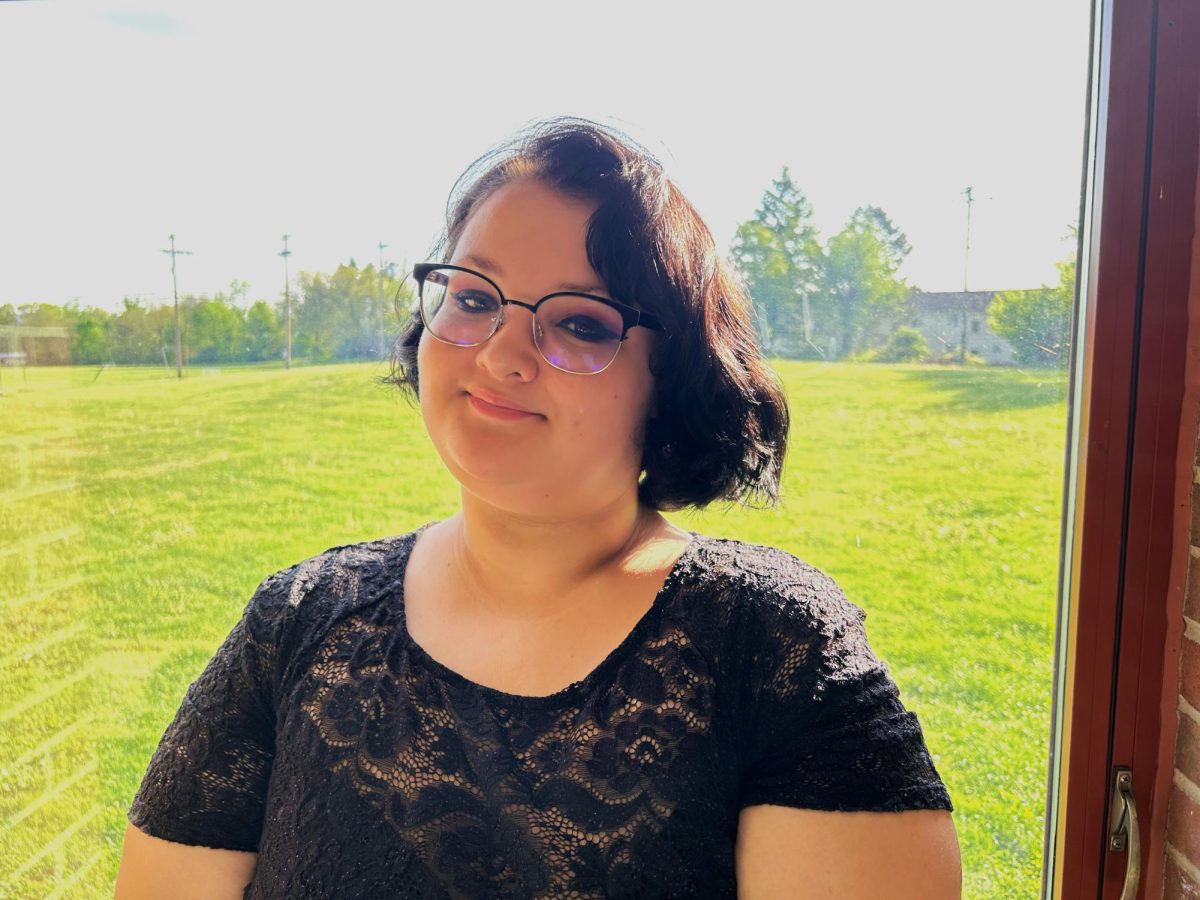
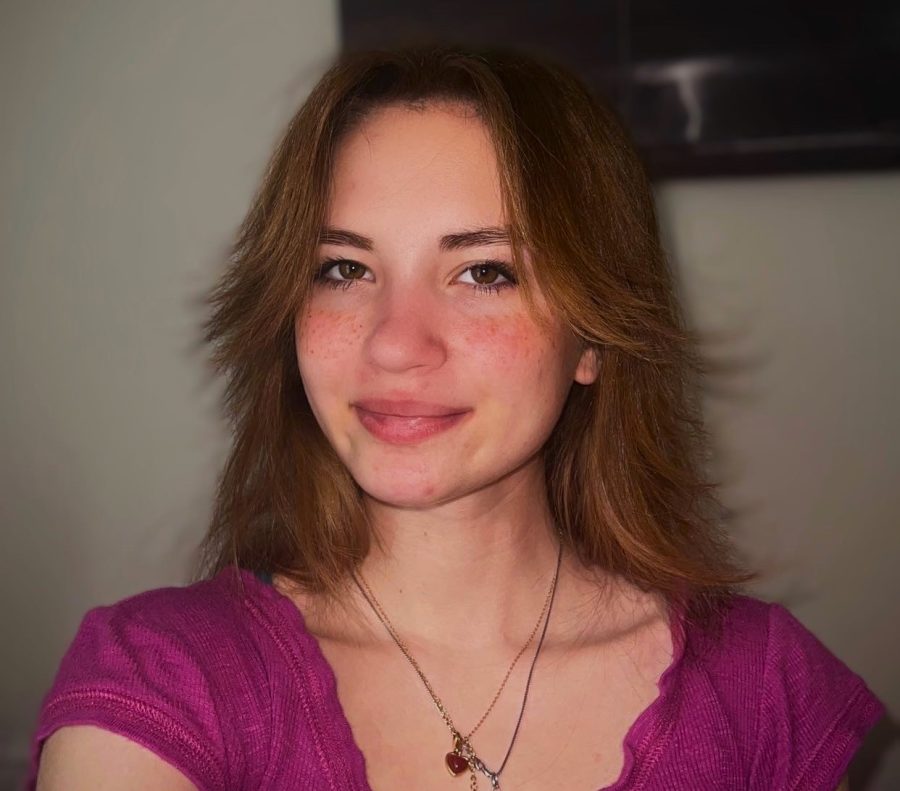
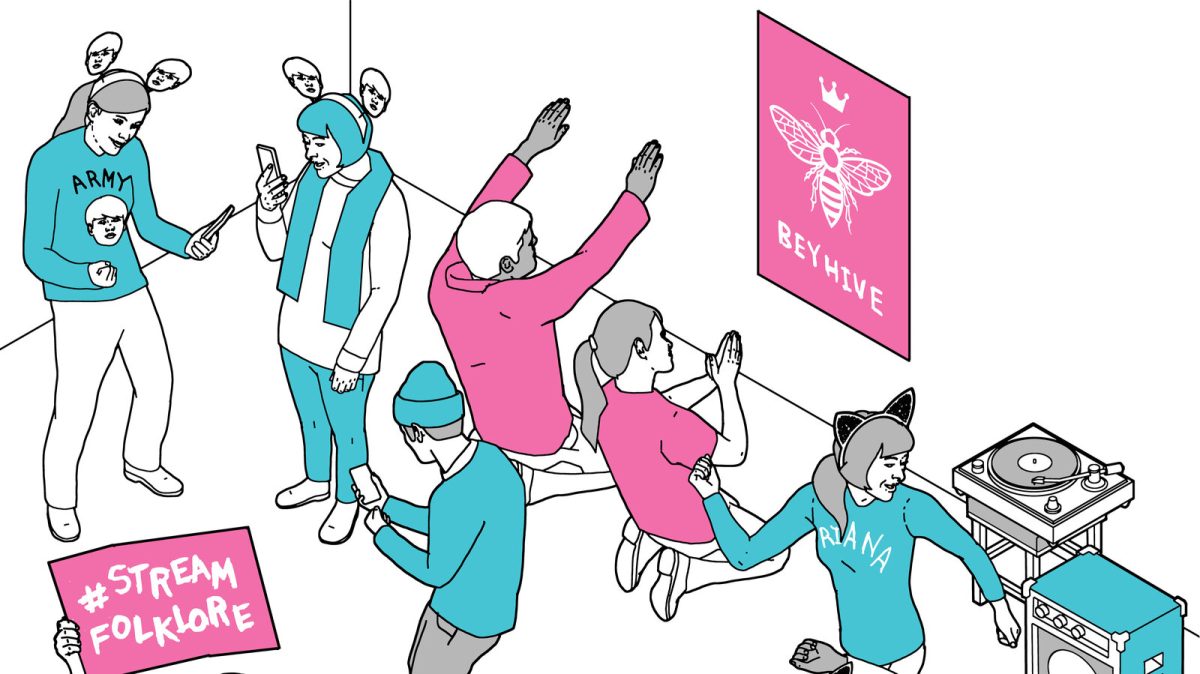
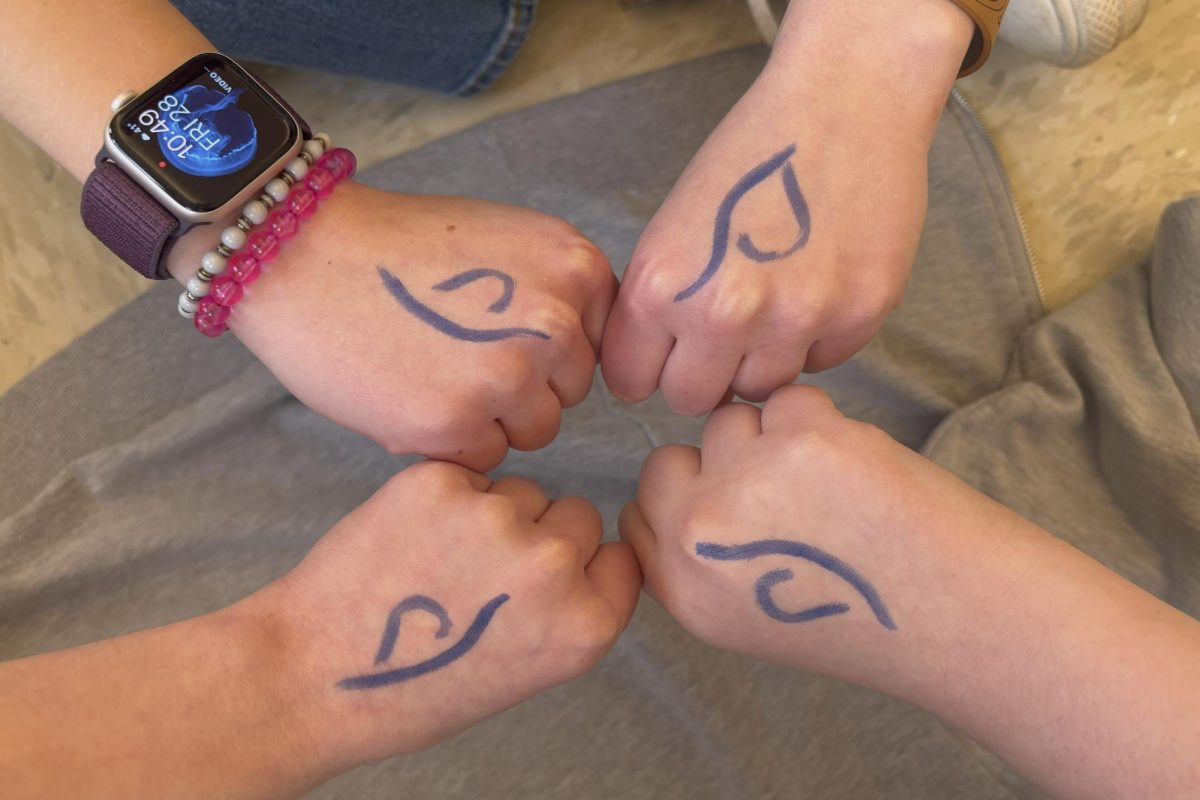

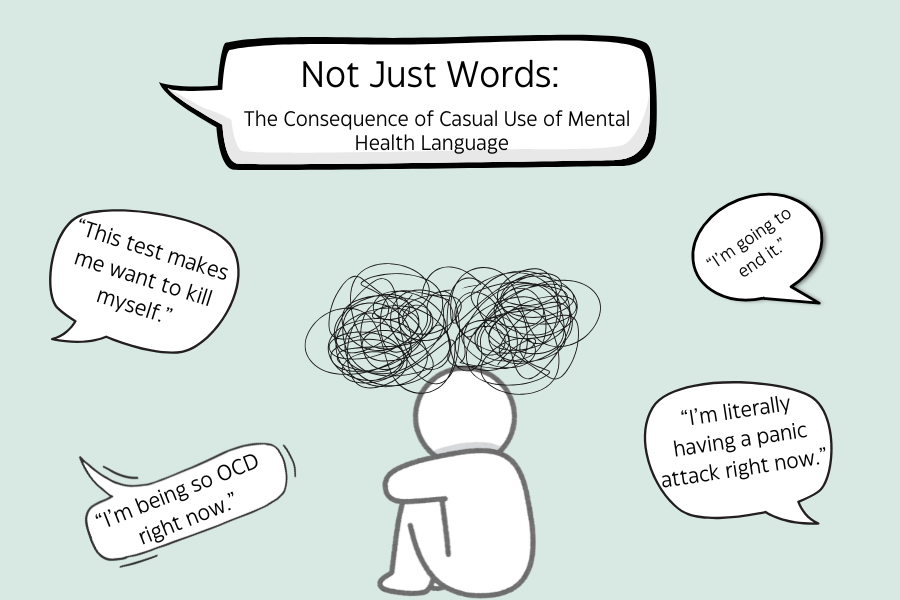
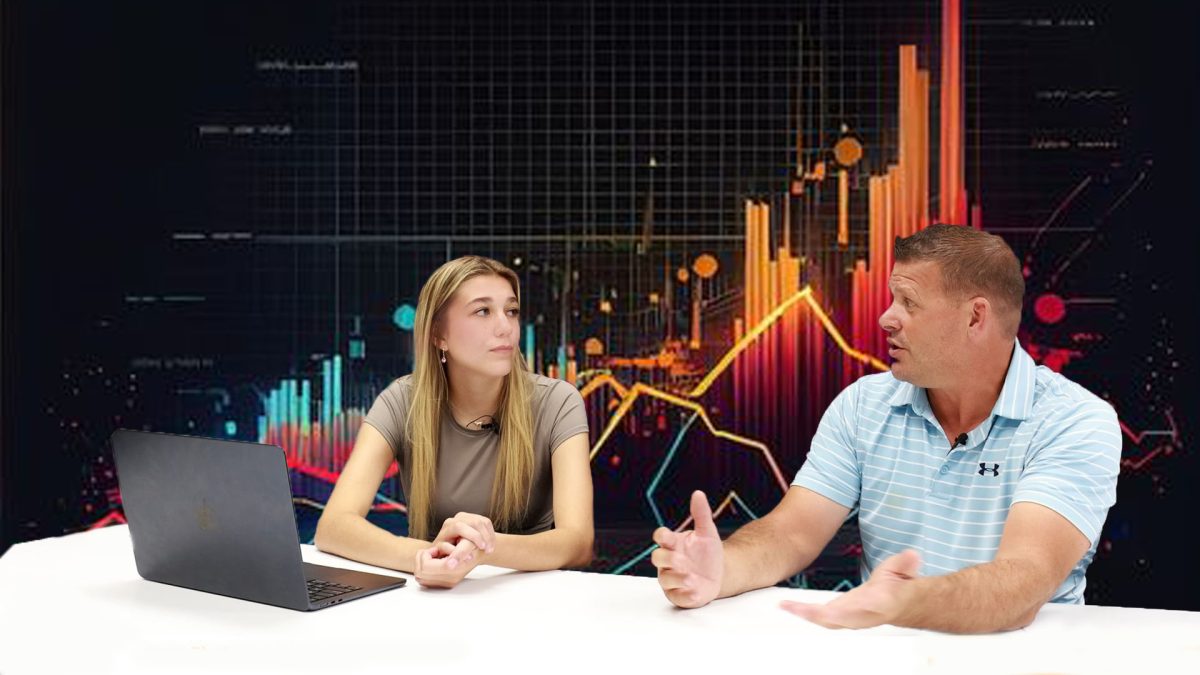
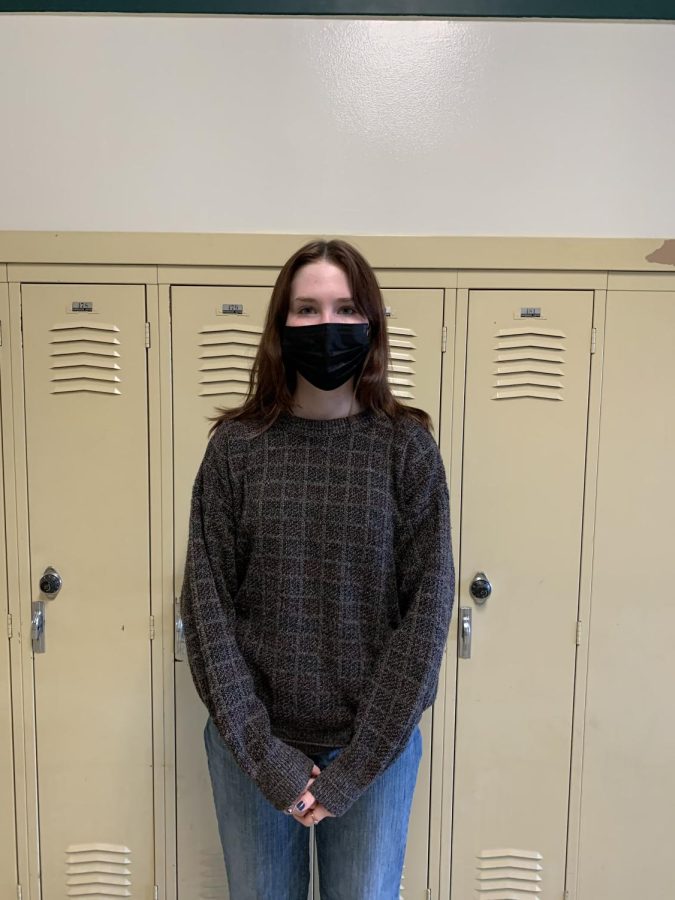
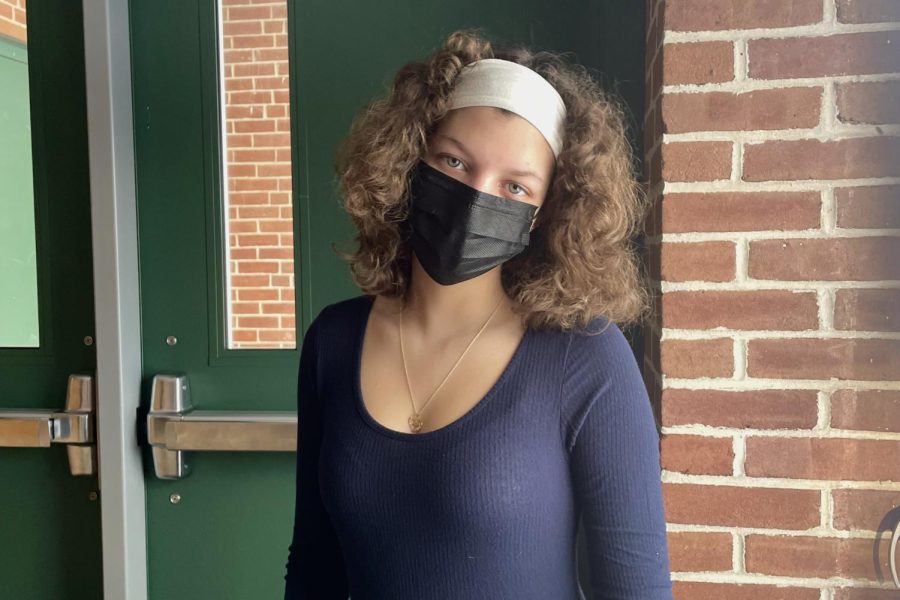
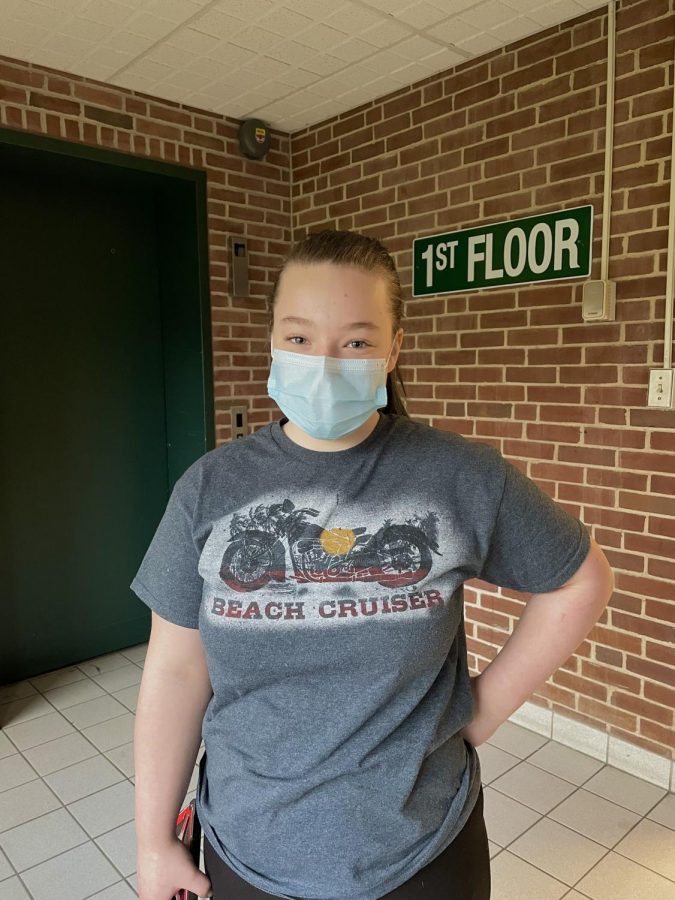
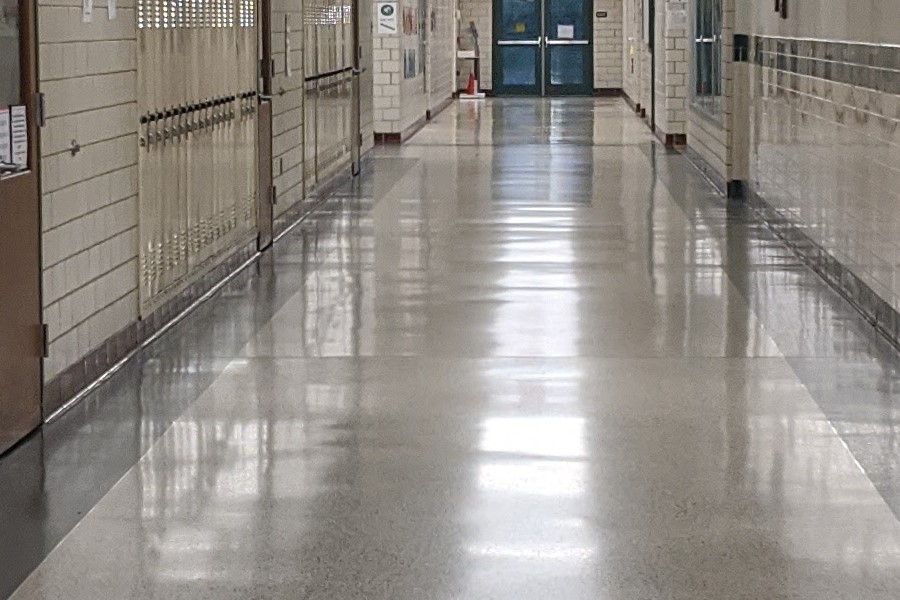
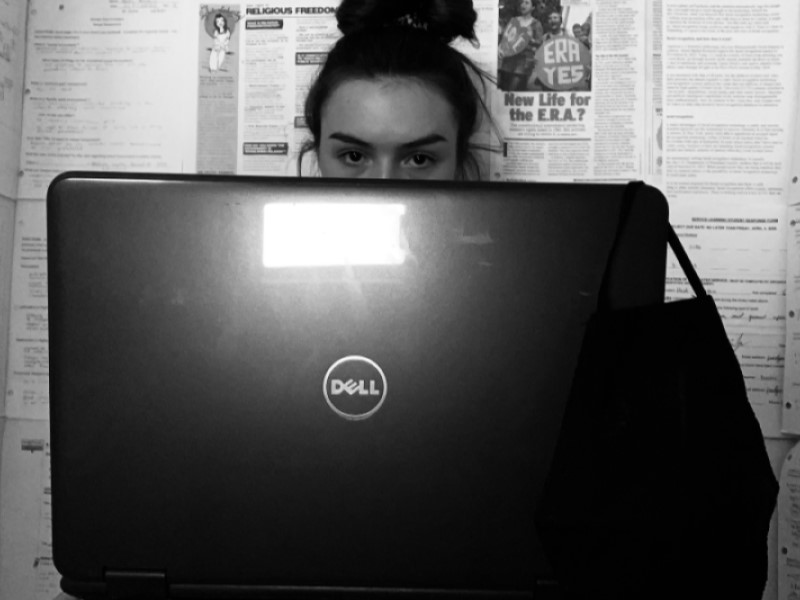
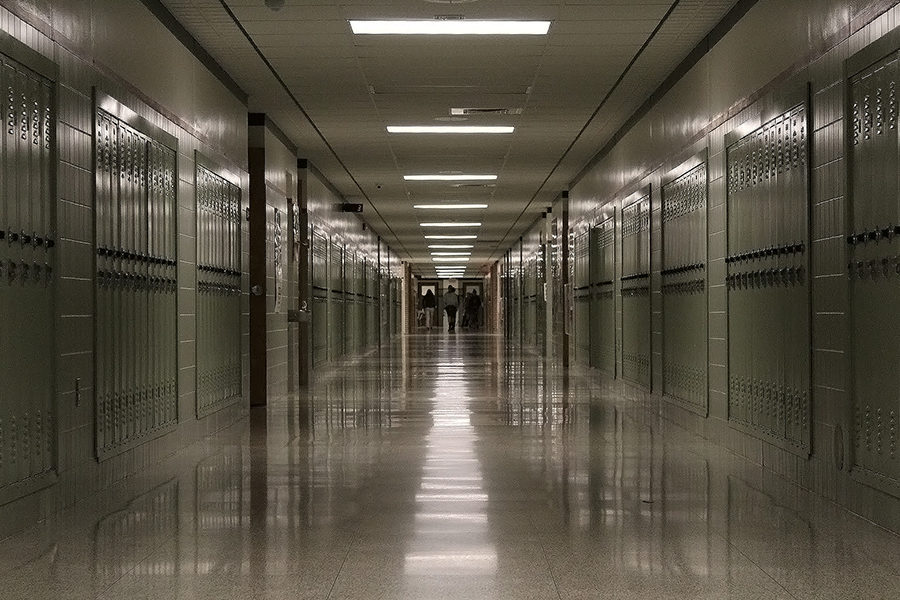

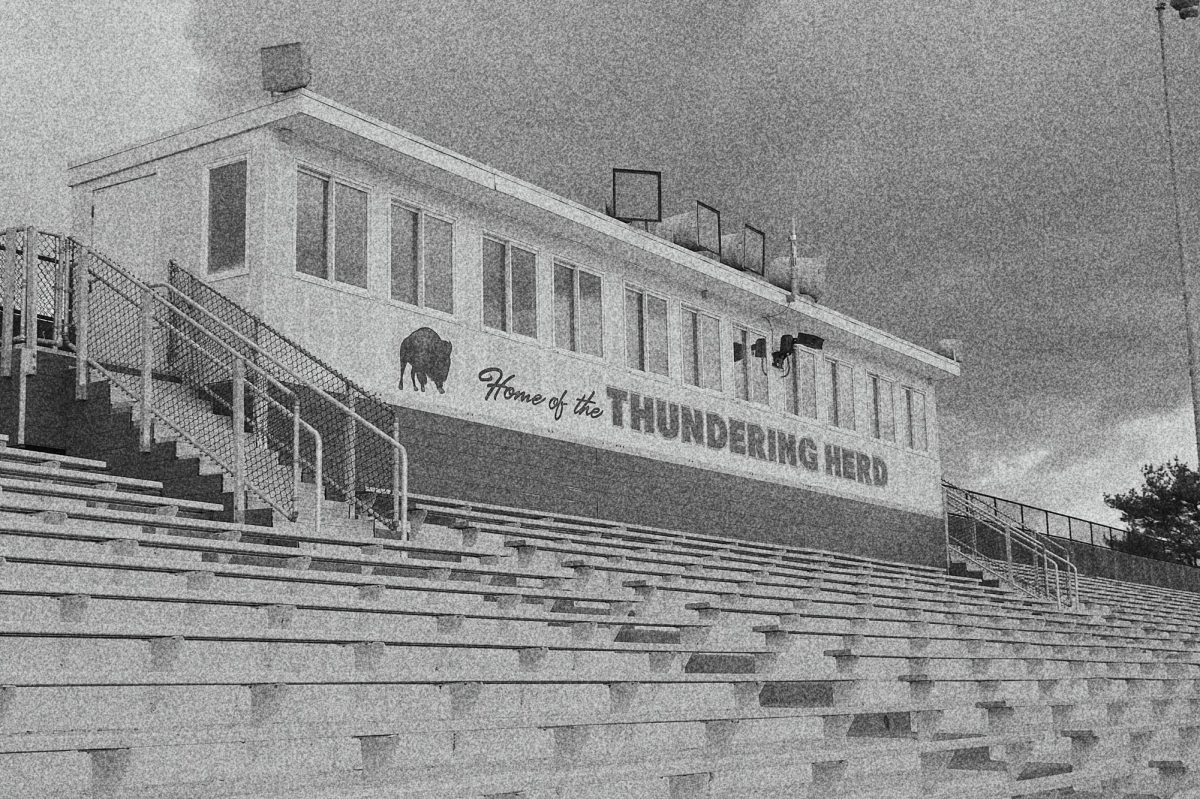

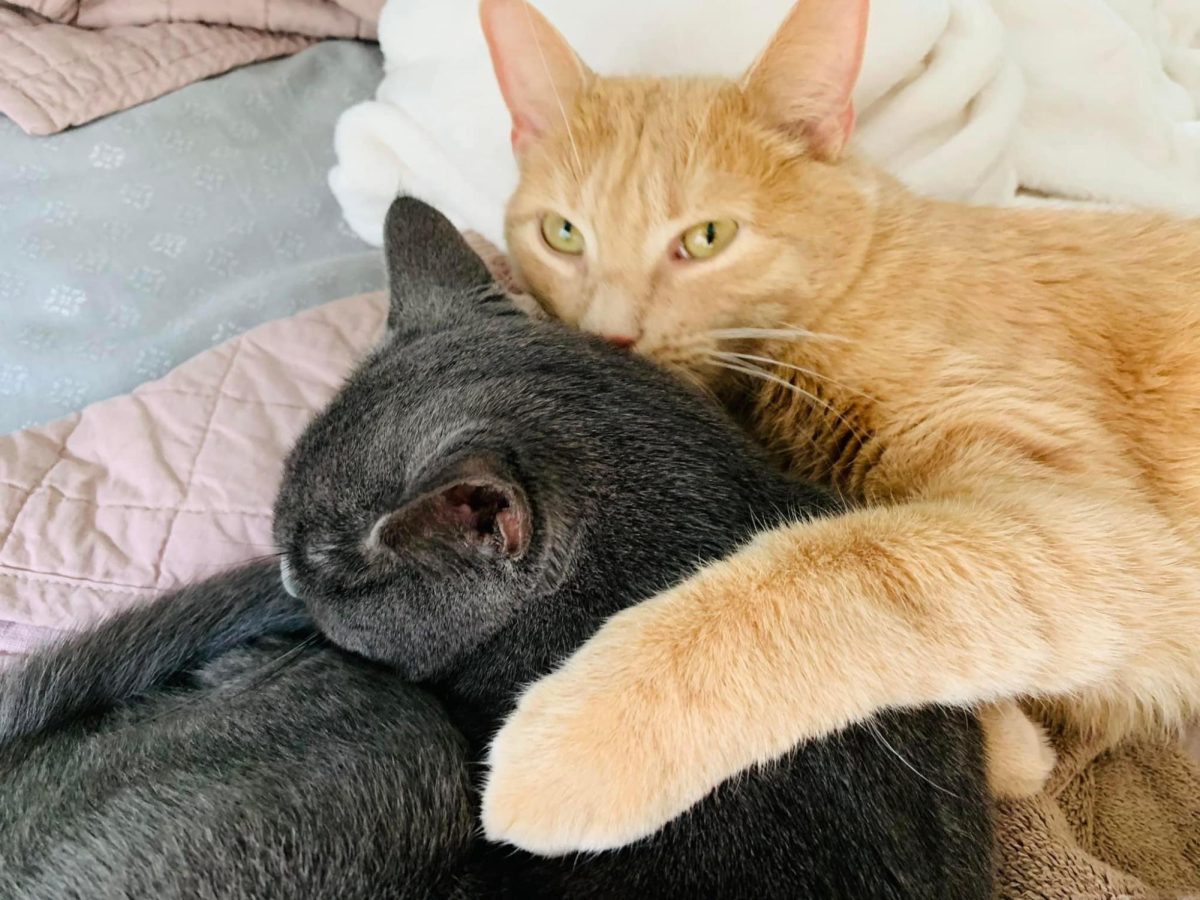
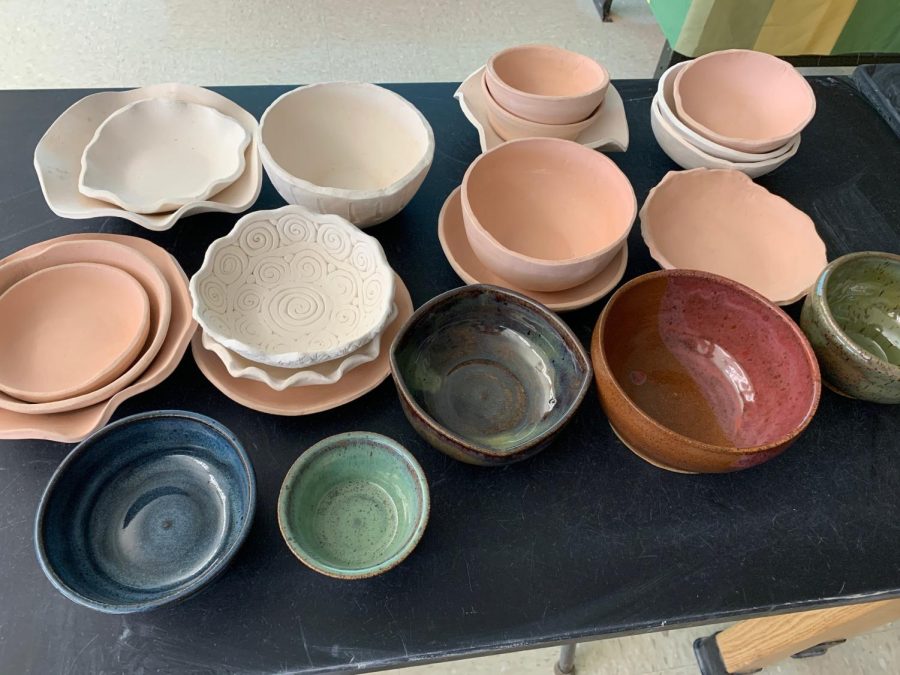
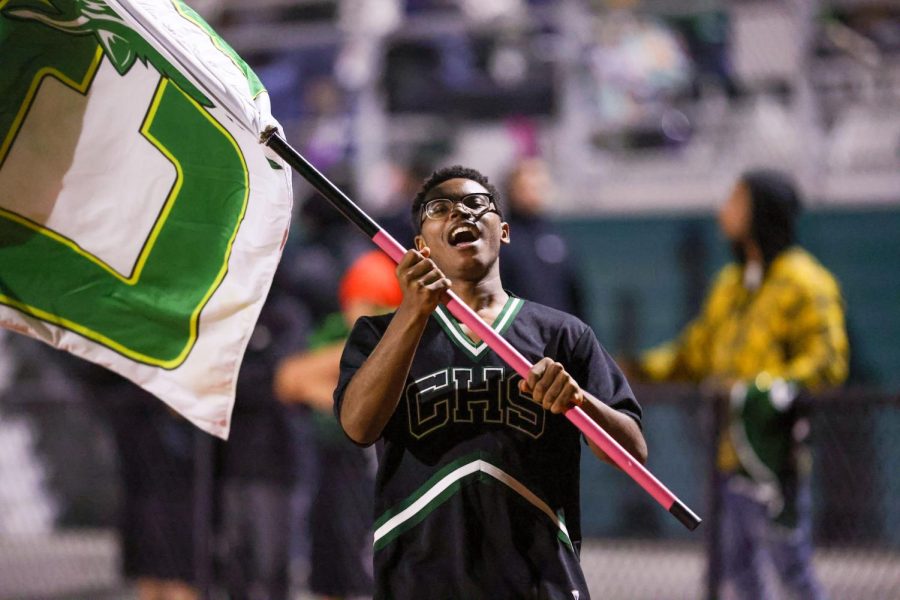
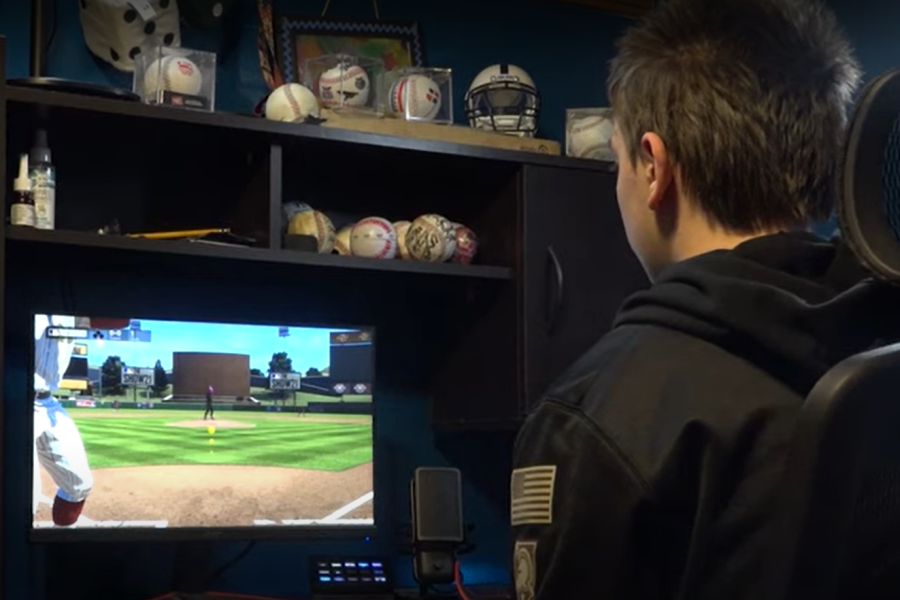
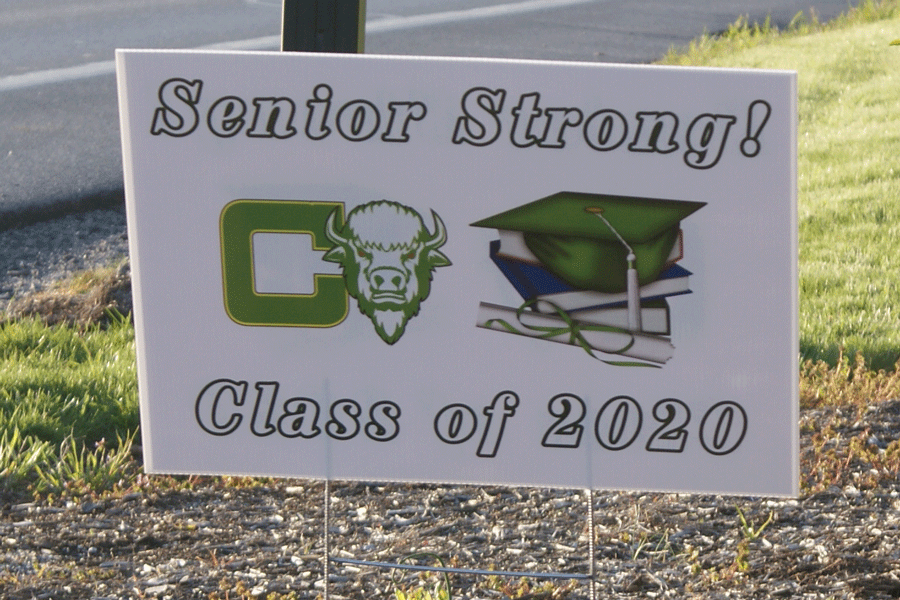
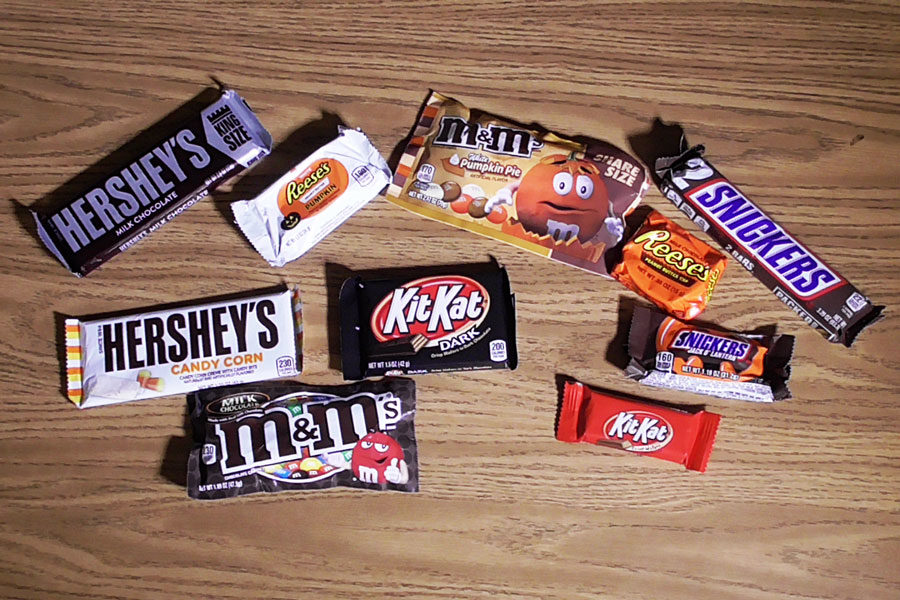
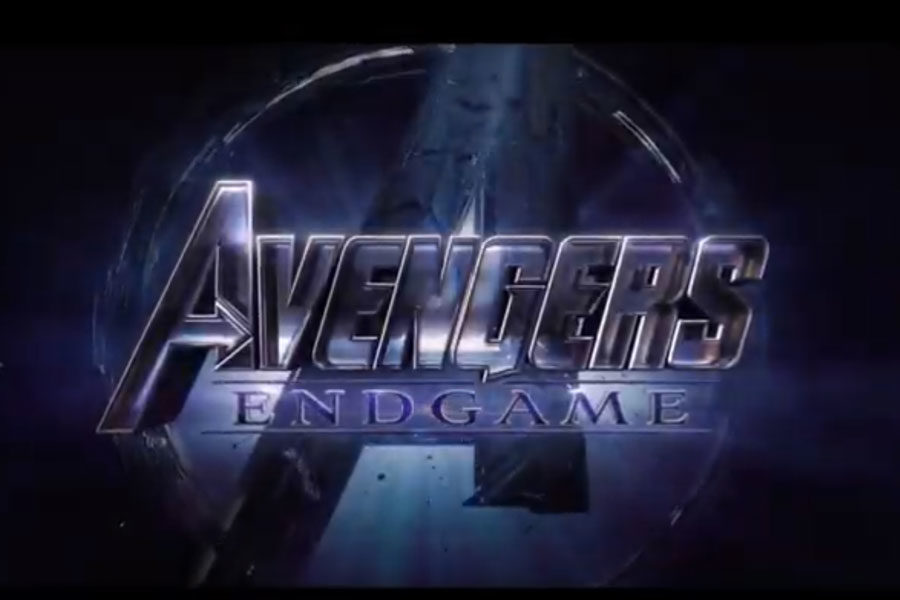
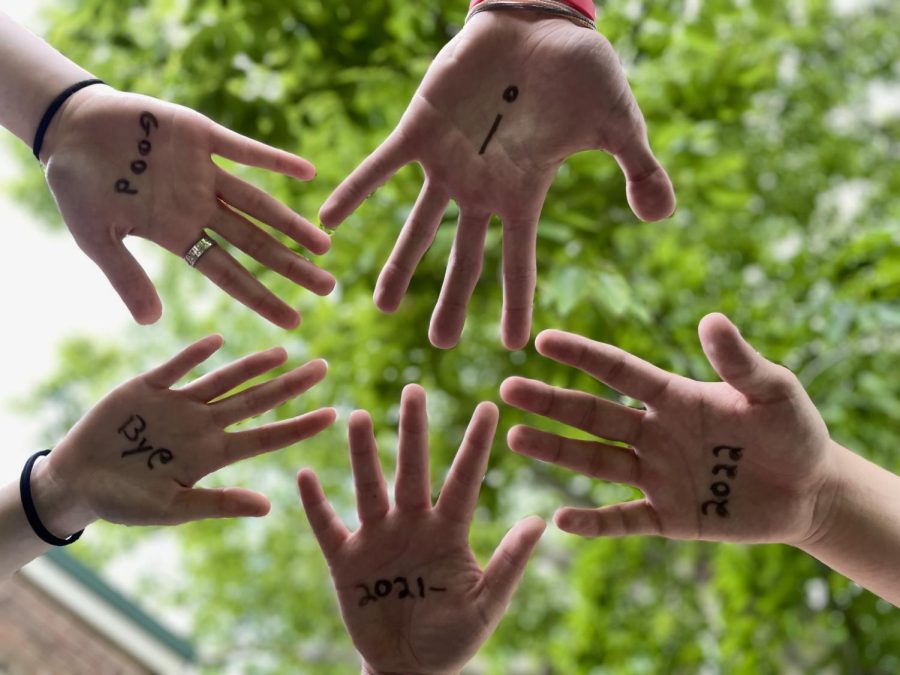
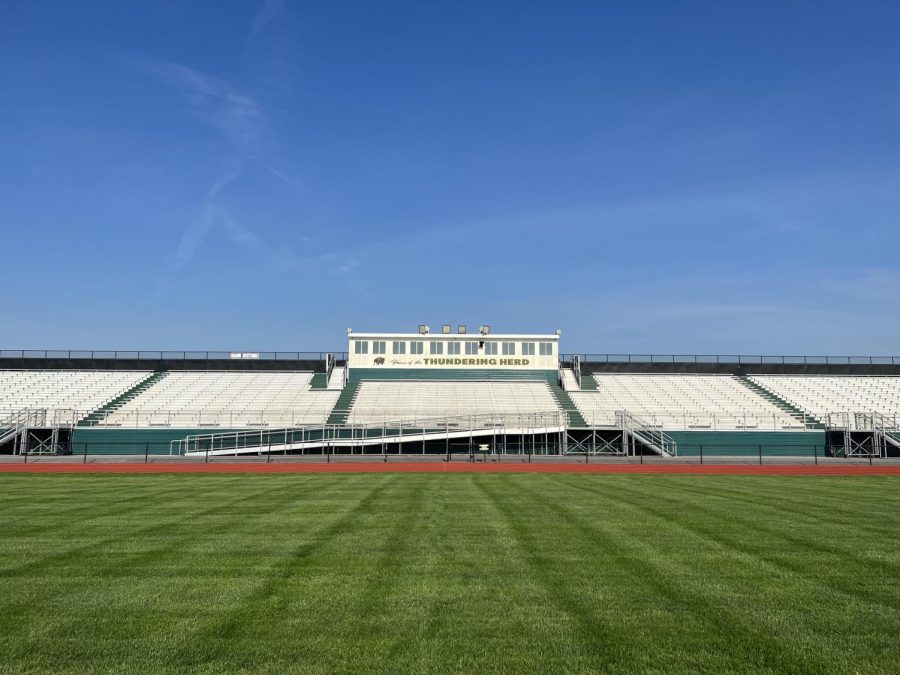
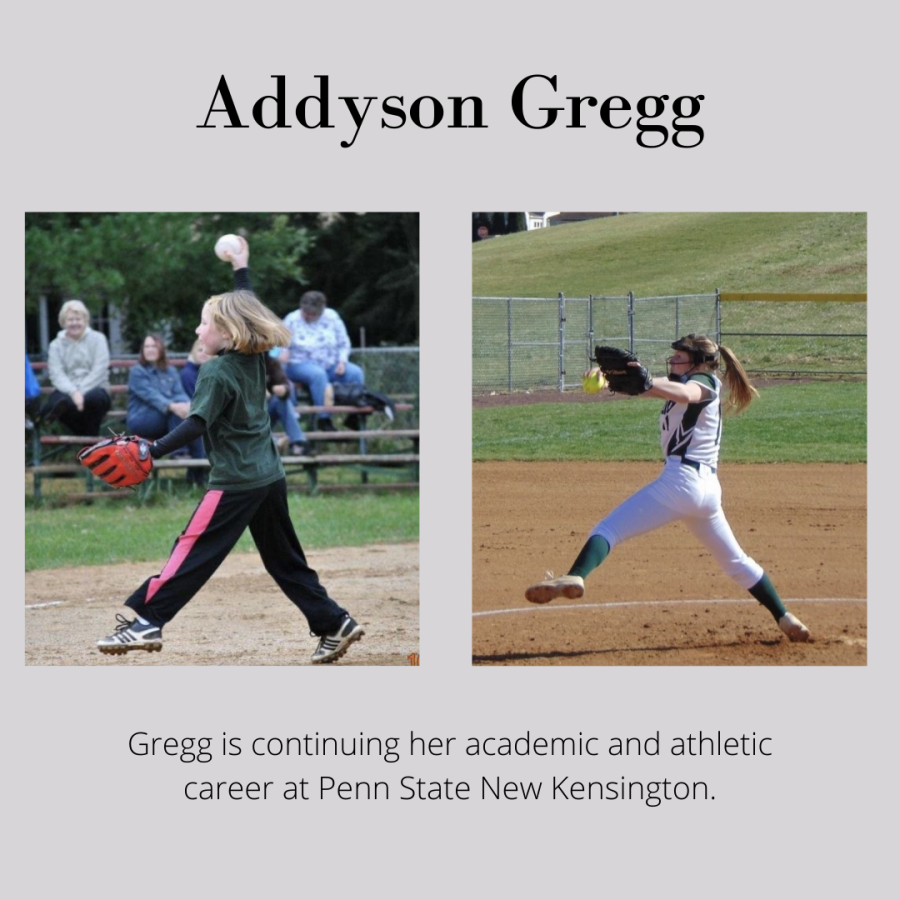

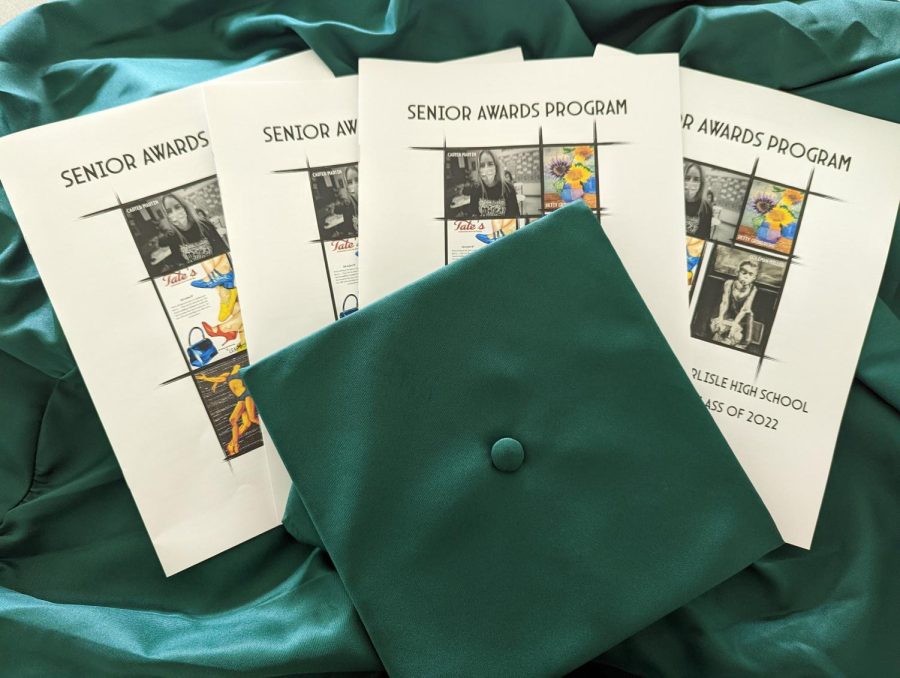
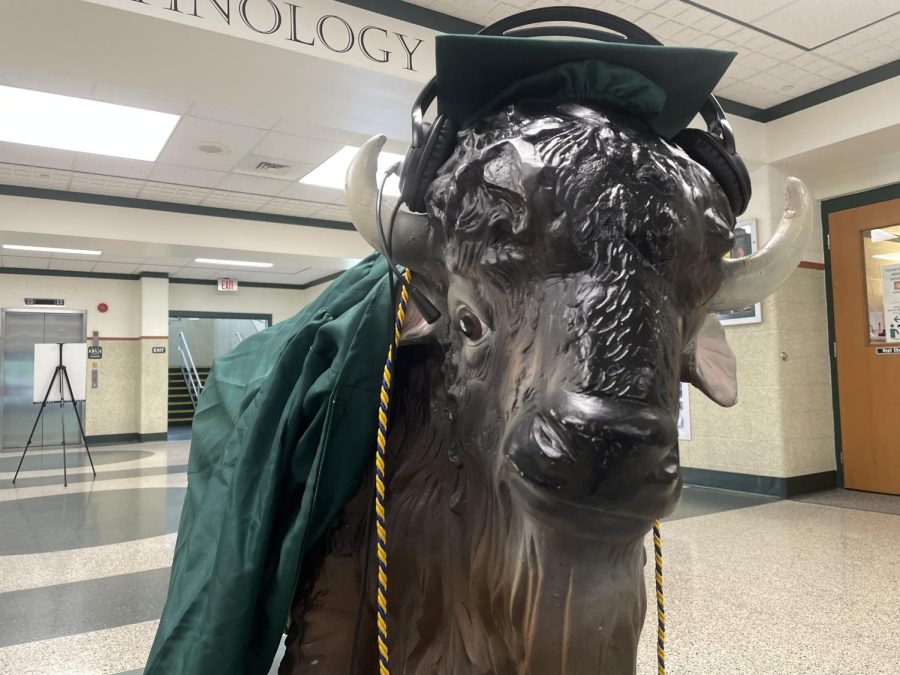

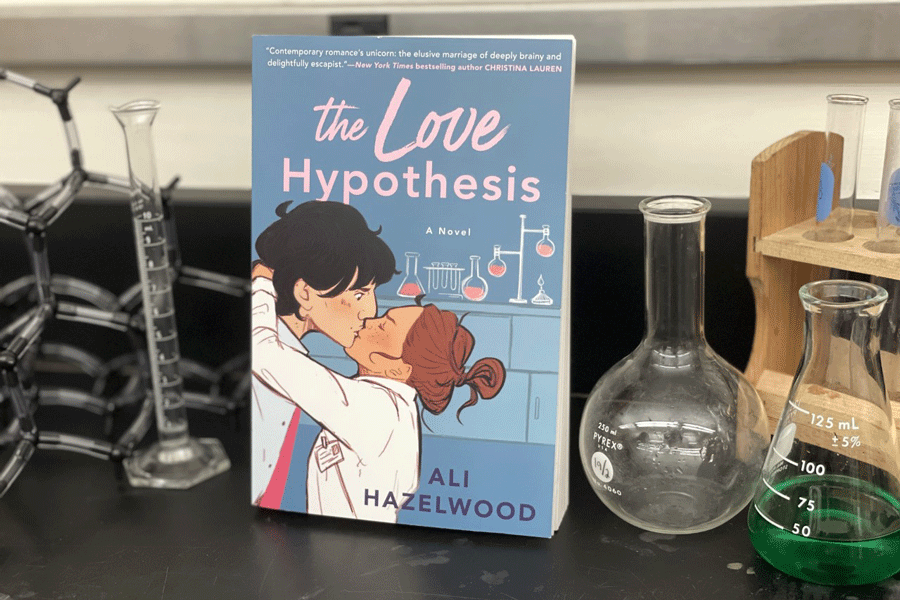
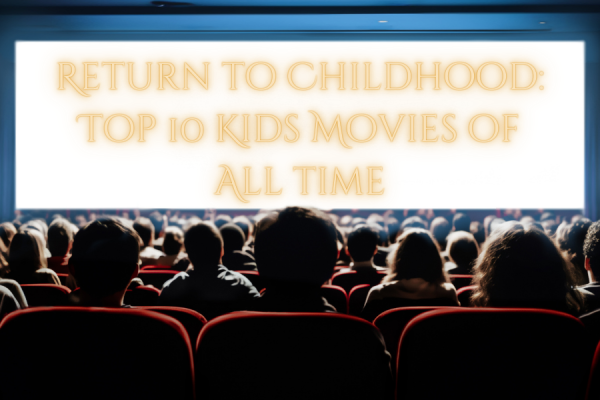
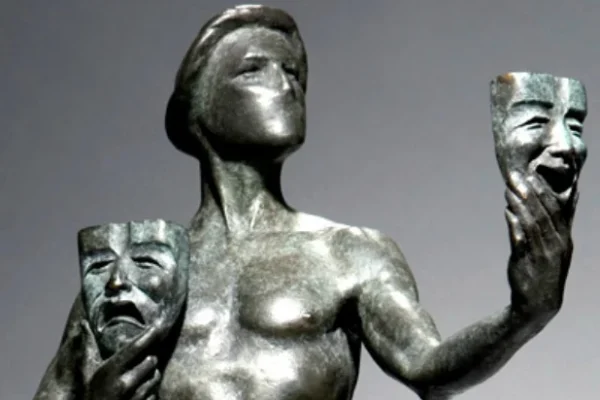
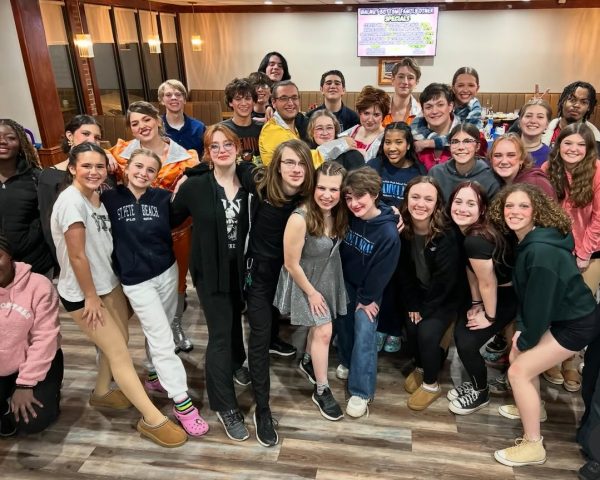


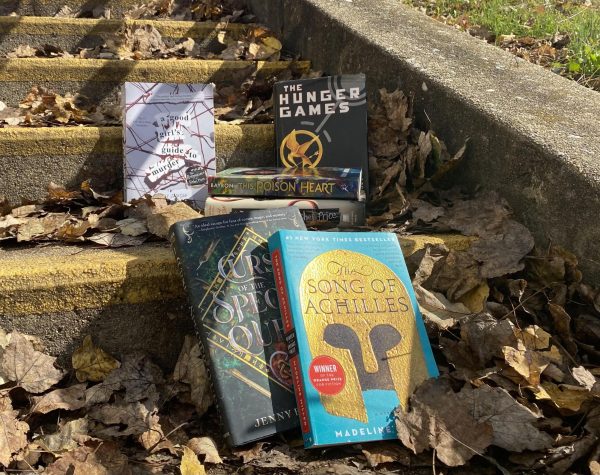

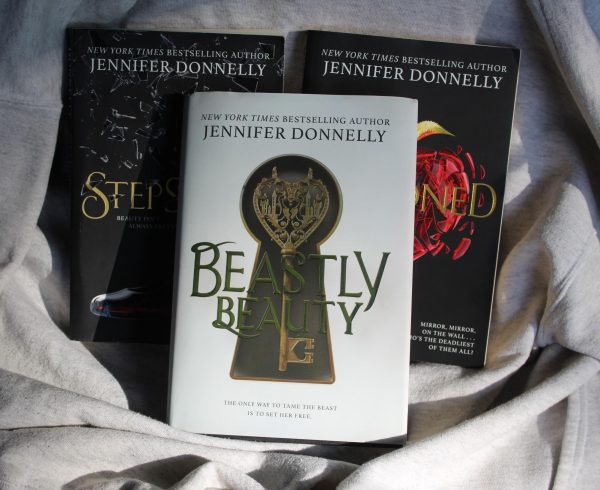
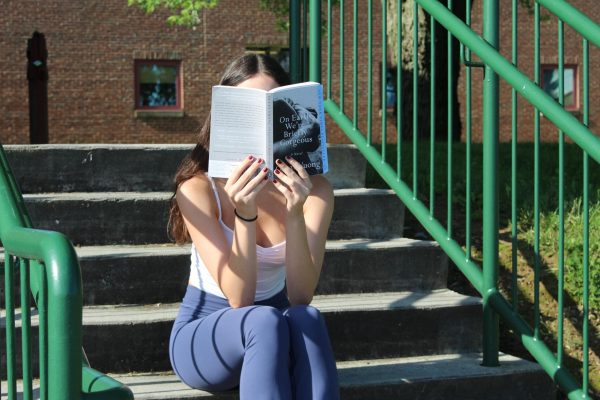
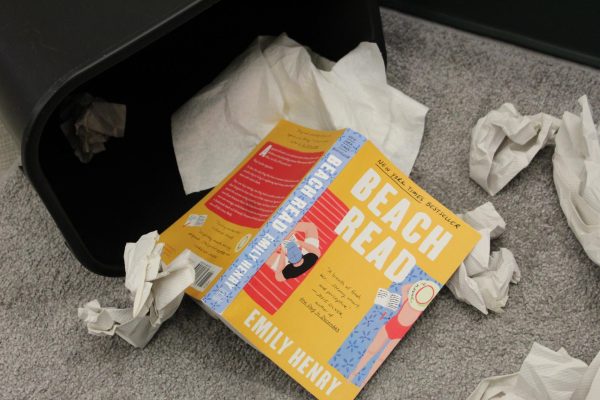
Chloe • Mar 24, 2022 at 7:43 am
I just finished this book! I appreciate the statistics that this article included about women in STEM.
Sophia Morrison • Jan 11, 2022 at 11:31 am
I have to add this book to my “To Be Read” list. I have heard such good reviews on it and I’m excited to read it!
Ms. Attinger • Nov 9, 2021 at 2:53 pm
I was so worried when there was a professor and a graduate student relationship, but I am glad that you specified that she was not his student. I’ll have to add this one to my reading list!
Anyway, awesome article, Kaylea! I see that perfect literary citation!
Giselle Alcala • Nov 1, 2021 at 1:31 pm
I love how this was written. It really makes me what to read the book. Grumpy and Sunshine trope? heck yes, love it.